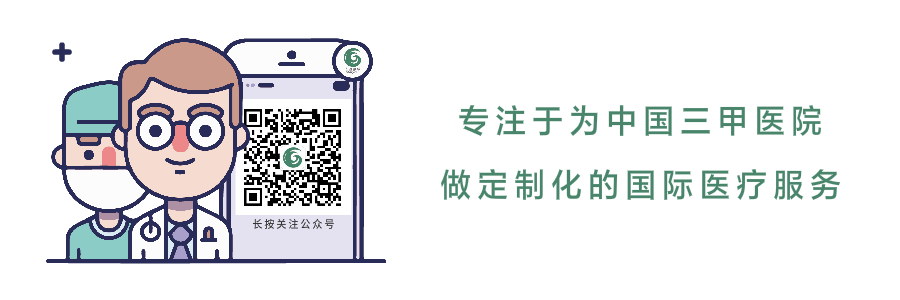-
News & Events

“I chose to be a Pediatric Orthopaedic doctor because I love children”

“Prof. Li Xu is a highly skilled doctor with noble ethics”, “He is kind to every patient and always concerned about patient’s family, answering questions timely”, and these are the evaluations from patient’s families all over China on Prof. Li Xu. In Pediatric Orthopaedic Department, Prof. Li Xu is often full of outpatient appointments, but he never limit the registration capacity, and he had once worked from morning to 1 a.m. the next day.
After practicing medicine for 14 years, with his passion and dedication to Pediatric Orthopedics, Prof. Li Xu has become a Pediatric Orthopaedic surgeon trusted by patients and praised by colleagues. In the first episode of Healing with Benevolence, Gloryren is honored to invite Prof. Li Xu to give a special visit, from which we learn about his career experience from the Third Affiliated Hospital of Southern Medical University to Shantou University Guangzhou Huaxin Orthopaedic Hospital, the current status of Pediatric Orthopedics and cerebral palsy in China and how prof. Li Xu leading his team to become the top team on treating cerebral palsy and Pediatric Orthopaedic diseases in China, and it also tells the importance of Prof. David P. Roye Jr., the first Director of Pediatric Orthopaedic Department in NewYork–Presbyterian Hospital, joining Prof. Li Xu’ s team. The episode also gives an introduction to the first South China Center for Childhood Disabilities(SCCCD) in China led by Prof. Li Xu and his team and illustrates the strengths of Shantou University Guangzhou Huaxin Orthopaedic Hospital in treating Orthopaedic diseases, Pediatric Orthopaedic diseases and Orthopaedic comorbidities of cerebral palsy as well as the challenges met by Huaxin Hospital, a private hospital.
The first episode of Healing with Benevolence
Prof. Li told us that as a niche specialty, there are relatively few practitioners in Pediatric Orthopedics. If children are those under the age of 16 and adults are those above, children account for about one fifth of the total population. But the number of Orthopedic surgeons treating adults is around 200,000 to 300,000. If we follow the proportion of children to adults, there should be one fifth, or 40,000 Pediatric Orthopedic surgeons in China. In fact, the actual number is only about 1,000, which is seriously unbalanced. So you can imagine there are a large number of Pediatric Orthopedic patients who are treated by general orthopedic surgeons, resulting in many pediatric patients not receiving standardized treatment.
But there is a big gap between Pediatric Orthopedics and general orthopaedics. The treatment concepts and methods are completely different. Children’s bones will develop, change and grow while adults’ won’t. So if the surgeon isn’t familiar with the growth and development features of children’s bones, the treatment may backfire. Treating children with the same methods for adults may cause irreversible or even disastrous consequences, and we have seen such tragedies so much in clinical practice.
Q&A
Prof. Li Xu was born in a medical family, many of his family members began to practice medicine since his grandfather’s generation. From an early age, He modeled himself on his grandfather and always bear his father’s words on mind, “you must be a good doctor and never let your patients down”. Because of love, he engaged in Pediatric Orthopedics, the arguably more arduous but less fruitful profession.
1. When did you decide to practice medicine?
Speaking of my decision to practice medicine, there is something important. As I mentioned earlier, my grandfather was a doctor, He has been away from us for many years. He was a oral and maxillofacial surgeon. When I was a child I had no idea about his job being a doctor since I never visited him during his working time. By the time I was growing up, he had retired. But my father used to tell me what my grandfather was like at work.
My grandfather was influential within a radius of up to 100 miles as there was no Internet at that moment. Every time when he was in outpatient service, the hospital gate would be packed with patients. Most of them came from surrounding suburbs, carrying a sack of produce like dried sweet potatoes.
According to my father, my grandfather was very well-known for his excellent medical skills. When having follow-up consultations, patients would express their gratitude to him with produce they’d grown themselves. My father told me that I must be a good doctor and never let my patients down. I was impressed deeply.
Later, I was honored to have the opportunity to meet experts from Beijing and Guangzhou when they gave lectures at my hospital. They gave me a window to what top doctors in China were like. Yantai, a third-tier city now, was much smaller at that time. And my hospital was also not a big one. So I had little chance of meeting top-notch doctors in China during work. I was impressed by an accidental meeting in around 1998. It was when Prof.Zhang Guangbo of China-Japan Friendship Hospital in Beijing, and Prof.Li Fobao of the First Affiliated Hospital of Sun Yat-sen University gave lectures at my hospital that I met the best doctors in China for the first time. I was touched completely. It was then that I knew I should become a higher-level doctor to treat more patients and decided to take part in the postgraduate entrance examination. In 1999, I was admitted to Sun Yat-sen University Zhongshan School of Medicine, as a postgraduate student. In 2002, I was successfully enrolled as a doctoral student at Shanghai Jiao Tong University School of Medicine. In 2005, I returned to Guangzhou to pursue my postdoctoral study at the Nanfang Hospital of Southern Medical University.
2. Why did you decide to specialize in Pediatric Orthopedics?
Lots of my colleagues, they once asked me that why do you decide to be a Pediatric Orthopedics doctor? There are so many sub-specialties in Orthopedics, but Pediatric Orthopedics is arguably more arduous but less fruitful and therefore becomes the most demanding division of Orthopedics, with income not necessarily proportional to effort. A Pediatric Orthopedics doctor only treats children patients, no matter how old are they, newborns, toddlers or young children, they will never be obedient to your words. They have no other ways to express their needs, except crying and screaming. You can’t even give them a physical examination, once the children enter the clinic and see the doctor dressed in a white gown, they just turn around and run, then begin crying, so it is very difficult to treat them. And their parents may be highly demanding to doctors, they may not be so concerned about the elderly member, but they particularly care about the children. So you can see that Pediatric Orthopedics is really a speciality that is more arduous but less fruitful.
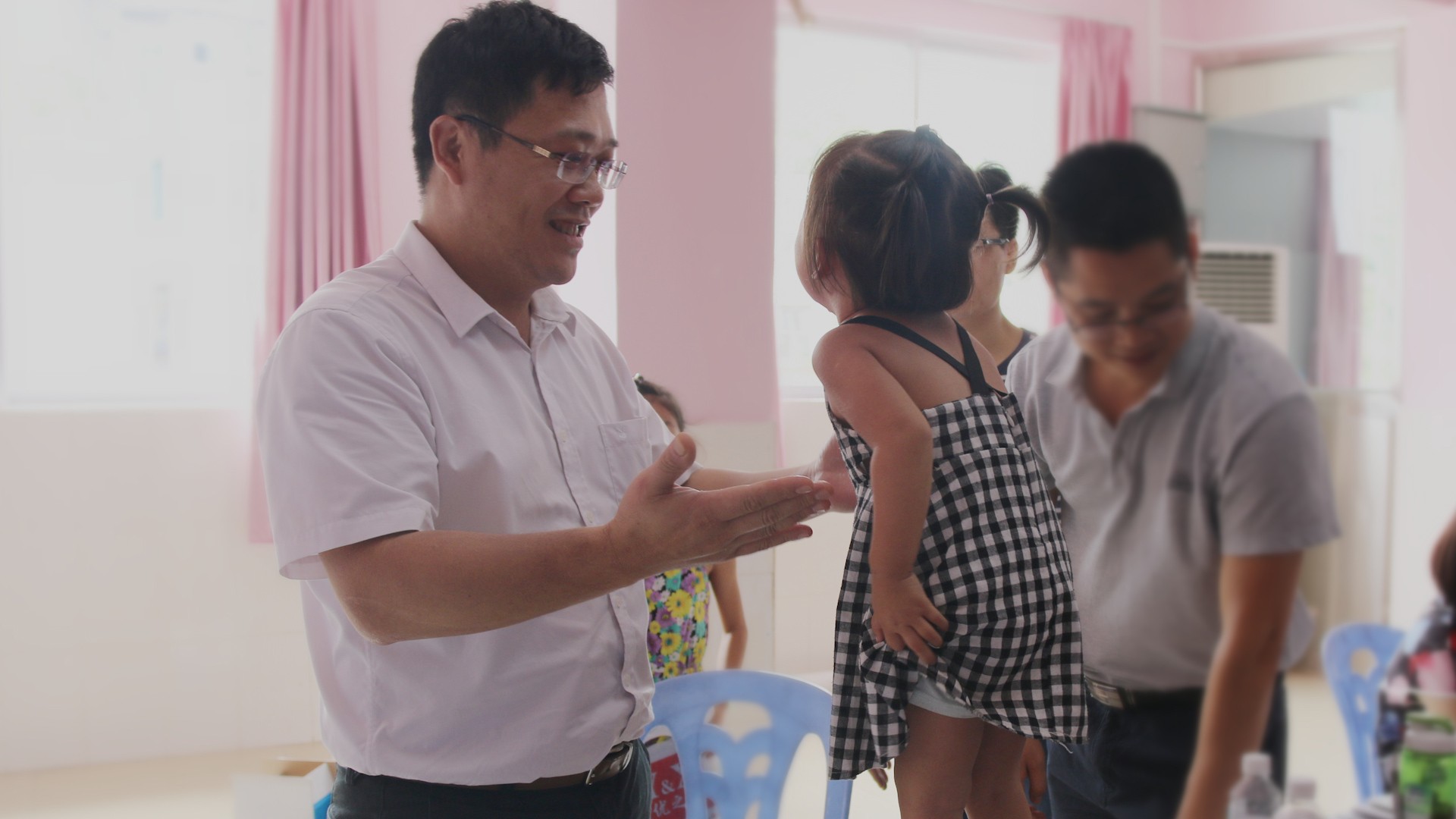
But why do I decide to be a Pediatric Orthopedics doctor?
Actually my predecessors and my mentors have a huge impact on my career, such as Director Yang Jianping from Department of Pediatric Orthopedics, Tianjin Hospital, Director Zhang Jianli from Beijing Jishuitan Hospital, and Director Chen Bochang from Shanghai Sixth People’s Hospital, they really influence me a lot, especially Director Yang Jianping. I remember that it was in 2016, we were attending the Annual Metting of the European Paediatric Orthopaedic Society in Rome, during which I took a course. The lecturer is a professor from University Hospital of Basel, Switzerland, a world-renowned Pediatric Orthopedics doctor, his lecture is titled “Meeting Mentor”.
He talked about his life experience, and why would he decide to be a Pediatric Orthopedics doctor. And why would he choose this specialty? His answer is “because I love children”.
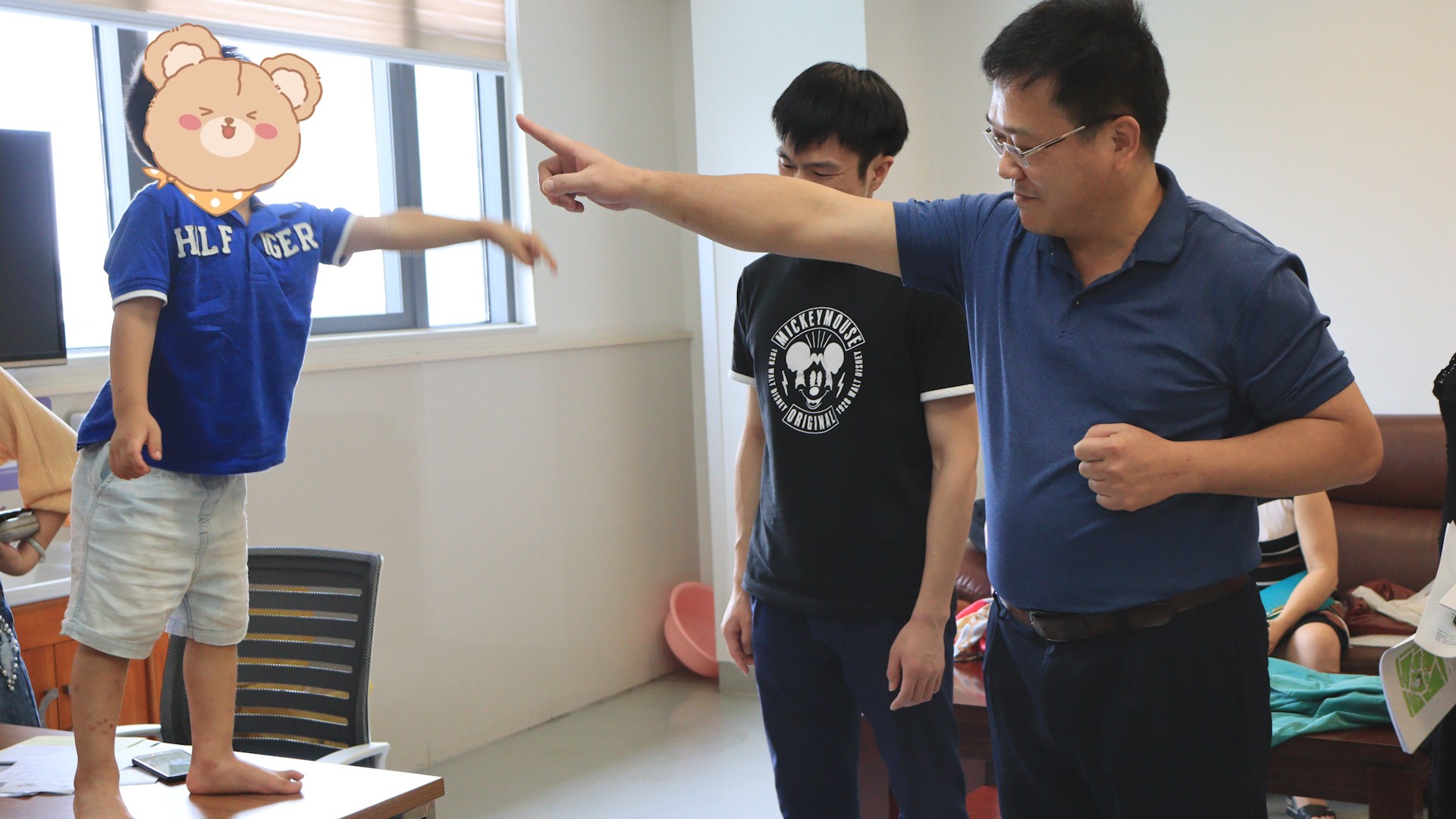
This is the motto that guides and encourages me all these years, to keep exploring, asking and progressing in this filed. Because we love children so much, we Pediatric Orthopedics surgeons love children so much, every member in my team, every Pediatric Orthopedics surgeon in China, we all love children. Otherwise, we will never work on this specialty that is more arduous but less fruitful and therefore becomes the most demanding division of Orthopedics, with income not necessarily proportional to effort.
Prof. Li Xu founded the Department of Pediatric Orthopedics in the Third Affiliated Hospital of Southern Medical University, which gains great reputation among patients and colleagues, and finally he decided to build an international private hospital.
3. Why did you leave the position as the Director of the Department of Pediatric Orthopedics of a large Grade Three Class A hospital and go to Shantou University Guangzhou Huaxin Orthopaedic Hospital?
After finishing my post-doctoral research in 2008, I went to work at Guangzhou Women and Children Medical Center, where I began to specialize in Pediatric Orthopedics. I met a lot of Pediatric Orthopedic patients during these three years. In 2011, I moved to my last affiliation, the Third Affiliated Hospital of Southern Medical University invited by the then-President, Jin Dadi. In 2012, I founded the Department of Pediatric Orthopedics there. And at the end of 2018 I moved to Shantou University Guangzhou Huaxin Orthopaedic Hospital, my current working affiliation. Together with President Jin, we jontly shape this new hospital as well as the brand-new Department of Pediatric Orthopedics.
What made me so perseverant, determined or confident to leave a public hospital to found a new private one?
It could drived from my almost eight years’ experience in the Third Affiliated Hospital of Southern Medical University, including my team’s academic and clinical research achievements and reputation gained among the patients. During that period my team consisted of only five surgeons and less than 50 beds. We had more than 2,000 operations and treated tens of thousands of patients every year.
What impressed me most was an outpatient consultation about five or six years ago. My outpatient duty was on Mondays and Thursdays. That was a Thursday and I worked from morning to 1 a.m. the next day. Why were there so many patients? Because most of them were not only locals but came from all over the country. And I never limited the registration capacity because I couldn’t bear to have them waited from Thursday to next Monday and struggled for a place to stay in a strange city.
After years of hard work and efforts, we gradually earned our reputation among our field and patients. Later on, the development of the Internet facilitated word of mouth.
So I’ve been able to meet more and more patients. After our treatment outcomes being recognized by the colleagues, we’ve gradually gained high recognition among colleagues and patients. So I was confident when President Jin invited me to my current affiliation.
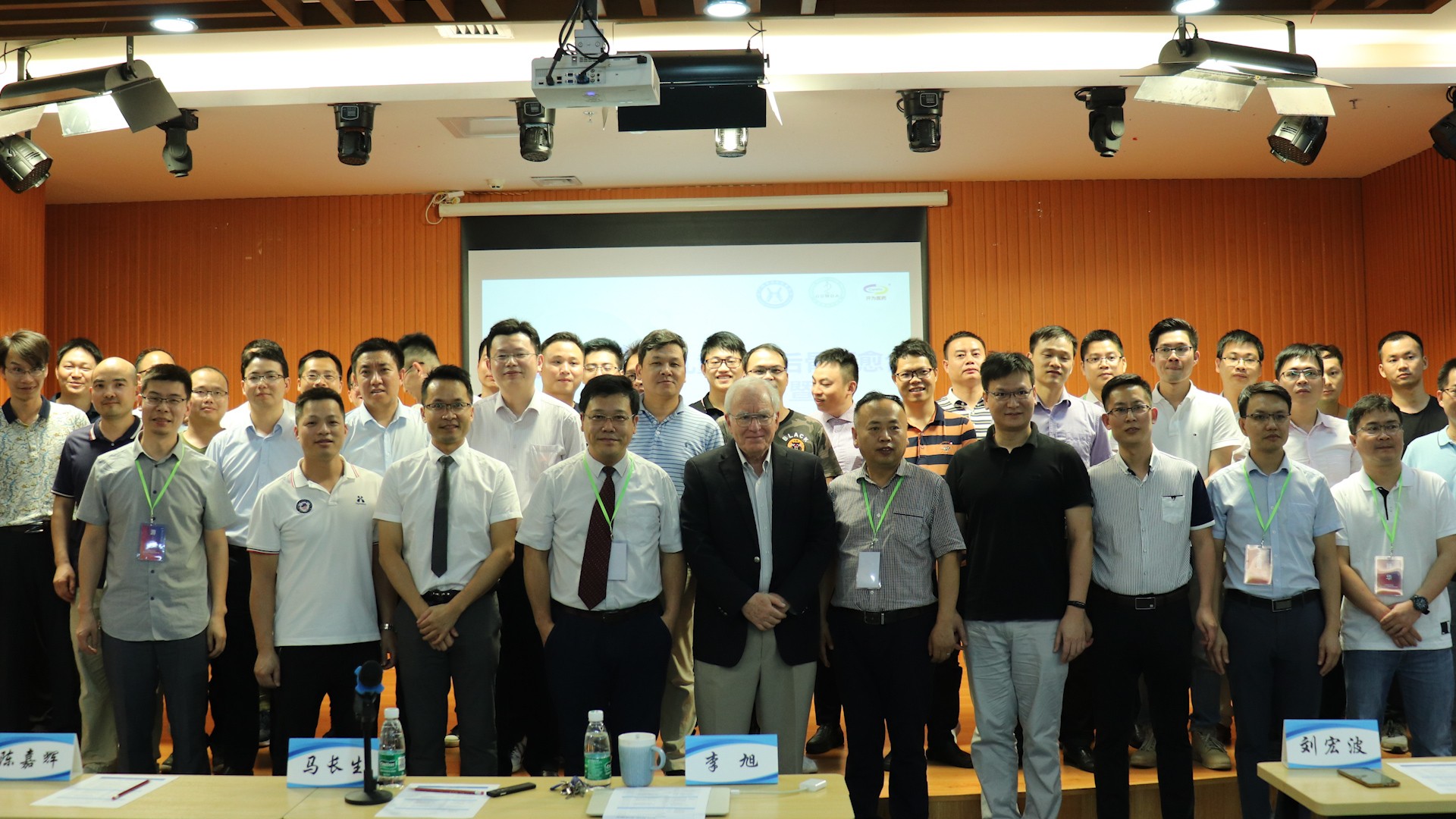
At that time both of us reached a consensus that we would build an international private hospital. What’s our definition of an international hospital? The management concept, treatment level and patient service should be in line with those of world’s top hospitals. We hope to build Shantou University Guangzhou Huaxin Orthopaedic Hospital as a private hospital that exceeds public ones, which is our founding goal.
Shantou University Guangzhou Huaxin Orthopaedic Hospital appointed two domestically renowned experts, Prof. Jin Dadi and Prof. Li Xu, and Prof. David P. Roye Jr., the Tenured Honorary Professor, Department of Medicine, Columbia University as its chief experts and academic leaders, besides, it sets up many departments such as Orthopedics, Pediatric Orthopedics, Joint Sports Medicine, Traumatic Orthopedics, Bone and Soft tissue Tumor, Urology, Internal Medicine, Surgery and Rehabilitation, showing its strong force in talents and techniques.
4. Could you please introduce the featured specialties in Shantou University Guangzhou Huaxin Orthopaedic Hospital for us?
Shantou University Guangzhou Huaxin Orthopaedic Hospital is a small-scale general hospital with Orthopedics as the leading specialty. The Department of Orthopedic Surgery is the strongest specialty in our hospital, among which the Spine Surgery is led by the President Jin Dadi, who is one of the top Spine surgeons in China, and the hospital is strong in Joint Surgery, Traumatic Orthopedics, Pediatric Orthopedics and Orthopedic Oncology. The Department of Orthopedic Surgery of our hospital is divided into 5 sub-specialties, among which the Spine Surgery, Pediatric Orthopedic and Orthopedics Oncology are at the leading level in China. Besides, the hospital is also strong in Urology and Rehabilitation. The Rehabilitation Department not only provides rehabilitation treatment for adult patients before and after surgeries, but also provides treatment for children with Neuromuscular diseases or cerebral palsy in SCCCD.
It is always believed that the surgery only counts for thirty percents of treatment while rehabilitation counts for another seventy percents, so rehabilitation is very important to Surgery, especially for Orthopedic Surgery. Besides, the hospital is now establishing Department of Gastroenterology, Intensive Care Unit and so on. As what I have mentioned before, the hospital aims to become an international small-scale general hospital leading with Orthopedics, and we are taking actions to become internationalized. We have invited the world-renowned Pediatric Orthopedics surgeon Prof. MD. David P. Roye Jr. to join us. Due to the outbreak of COVID-19, in the past two years, our international exchanges have been blocked, due to the travelling restriction worldwide, but we have been communicating online.
As soon as the COVID-19 pandemic is over, we will invite an excellent Pediatric Orthopedics and Rehabilitation team from the Columbia University to visit our hospital,for relevant training and education. We sincerely hope that the hospital can serve as a base to expand these advanced knowledge to the whole Guangdong Province even to the whole China.
Until today, Prof. MD. David P. Roye Jr. still presides over and participates in many research projects on Pediatric Orthopedics, and he is also the senior member of American Academy for cerebral palsy and Developmental Medicine (AACPDM), the world’s best academic organization of cerebral palsy, so some of our current clinical and scientific researches will connects to AACPDM.
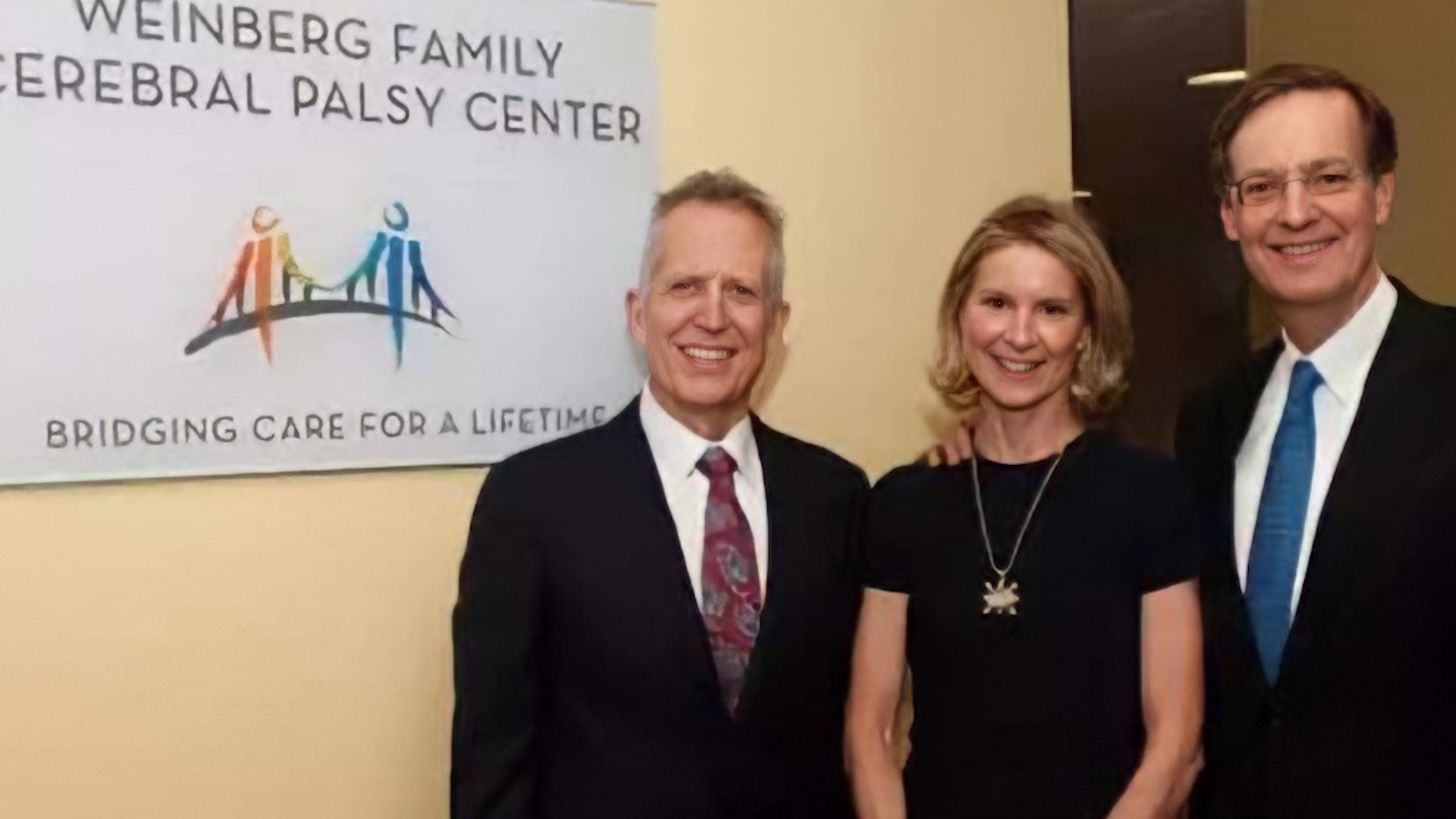
On May 7th, we have initiated a muti-centered study on genetic relative rare diseases of pediatric musculoskeletal system in Guangdong province. Many hospitals such as the University of Hong Kong-Shenzhen Hospital, Xiamen Changgung Hospital, Shenzhen Children’s Hospital and Liuzhou Maternity and Child Healthcare Hospital, and many hospitals in Pearl River Delta such as Dongguan Children’s Hospital, Dongguan People’s Hospital and Dongguan TCM Hospital have participated in our study. Prof. Yang Jianping from the Department of Pediatric Orthopedics, Tianjin Hospital also came to Guangzhou to help and guide us in our multi-centered study. And this study is performed by the American standards from the very beginning. By combining the clinical study and scientific research, we hope to help more patients with rare diseases, including those vulnerable groups of cerebral palsy patients, we hope to provide better treatment with the international high-level for them. And these are the important things that we are working on currently.
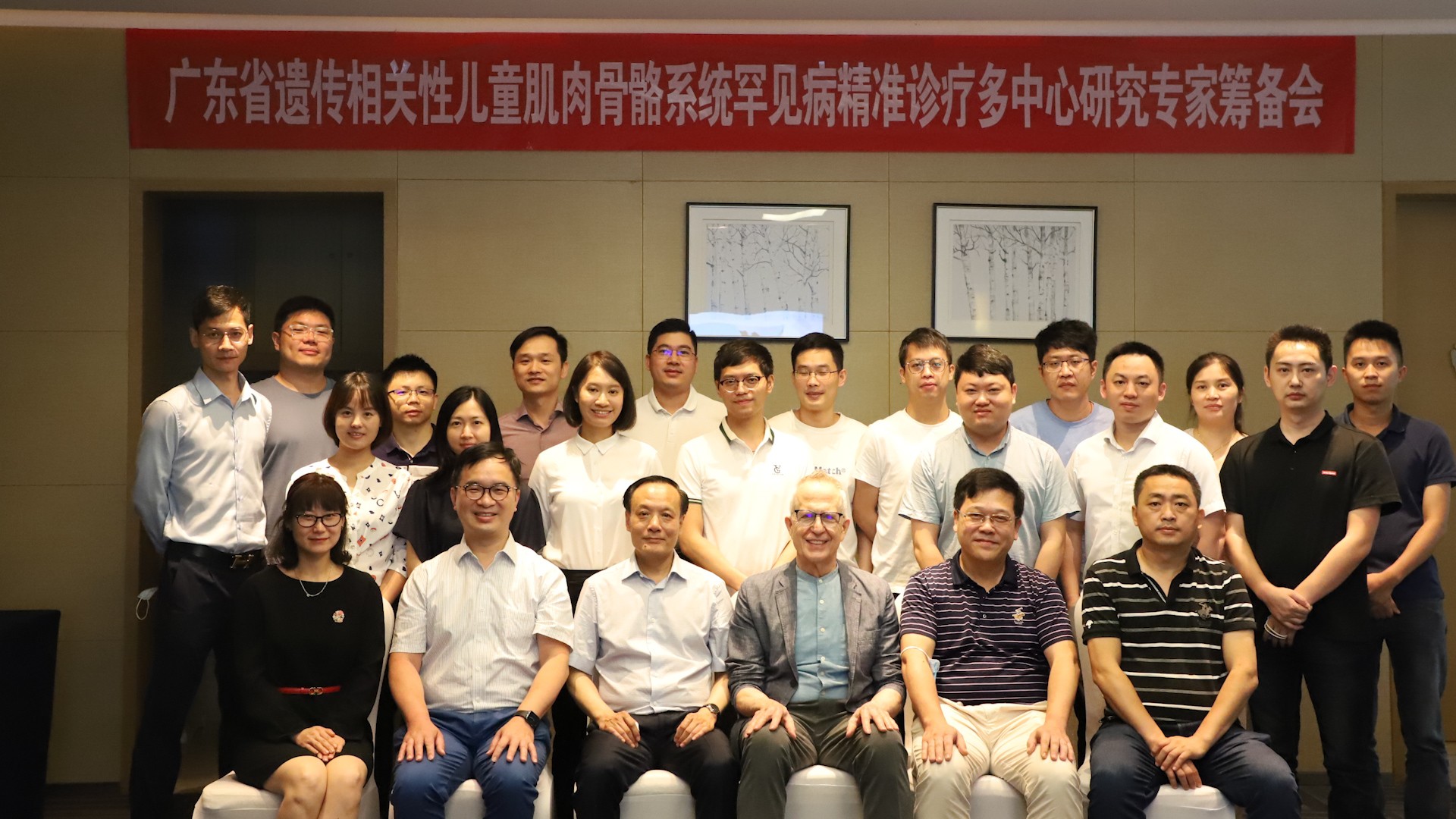
In addition to the common diseases like Pediatric Trauma and deformity, Prof. Li’s team also provides high-quality treatment for some less-involved diseases in China, such as limb deformity or spinal deformity caused by cerebral palsy and movement disorder.
5. Could you please give a brief introduction to the unique advantages of Shantou University Hospital on Pediatric Orthopedics?
The Pediatric Orthopedics includes all the Orthopaedic diseases in children below 16 to 18 years old. Speaking of Orthopaedic diseases, the most common one that comes to mind is the bone fracture, which is a very common type of bone disease in children. Compared with other diseases, its concept is more understandable and it is relatively easier to treat.
Congenital deformity is more complicated than bone fracture, such as dislocation of hip joint (DDH), talipes equinovarus, scoliosis, and treating these diseases is relatively more challenging.
However, compared with congenital deformity, neruo-muscular diseases, heredity metabolic diseases,and some congenital genetic rare diseases are more complicated and challenging. Besides, comorbidities of skeletal system deformities that caused by the cerebral palsy and genetic dystrophy, atrophy and polio, they are very challenging and so difficult to treat. cerebral palsy is the most typical one among them.
As I mentioned earlier that there may be more than 6 million cerebral palsy patients in China, and almost all of them have Orthopedics comorbidities. Some of these comorbidities can be treated through non-surgical treatment, and a large part of them needs surgical treatment.
So what are the Orthopedics comorbidities of cerebral palsy patients?
The most common example is talipes equinus, a deformity of the ankle in combination with cerebral palsy, other comorbidities such as talipes equinovarus, platy podia, talipes valgus, talipes cavus have the highest incidence rate among Orthopaedic comorbidities of cerebral palsy, which means that over 50% of pediatric cerebral palsy patients may have comorbidities in ankle.
And hip displacement is the comorbidity at second-highest incidence rate. Compared with the incidence rate of hip displasia or DDH among cerebral palsy group, the incidence rate of hip displasia or DDH among healthy group in China is around 0.5% or 1%, which means that 5 or 10 people among 1000 people may suffer from one of both diseases. Since different studies may report slightly different figures, the actual incidence rate may be 0.5% to 5%. However, the comorbidity of hip displacement in cerebral palsy group is incredibly high, reaching 35%. The rising from 0.5% to 35% is an magnitude leap, so the group suffers from a higher risk of bone deformity and bone disease than healthy group. Besides, the comorbidity of cerebral palsy are not just about Orthopedics, but also includes neurological problems such as disorders of nerve control over muscles, muscle tonus imbalance and poor muscle strength, so treating its comorbidity is more difficult than treating comorbidity such as hip displacement in healthy group, and it brings more challenges to the treatment, requiring doctors to learn and understand more knowledge of relevant diseases.
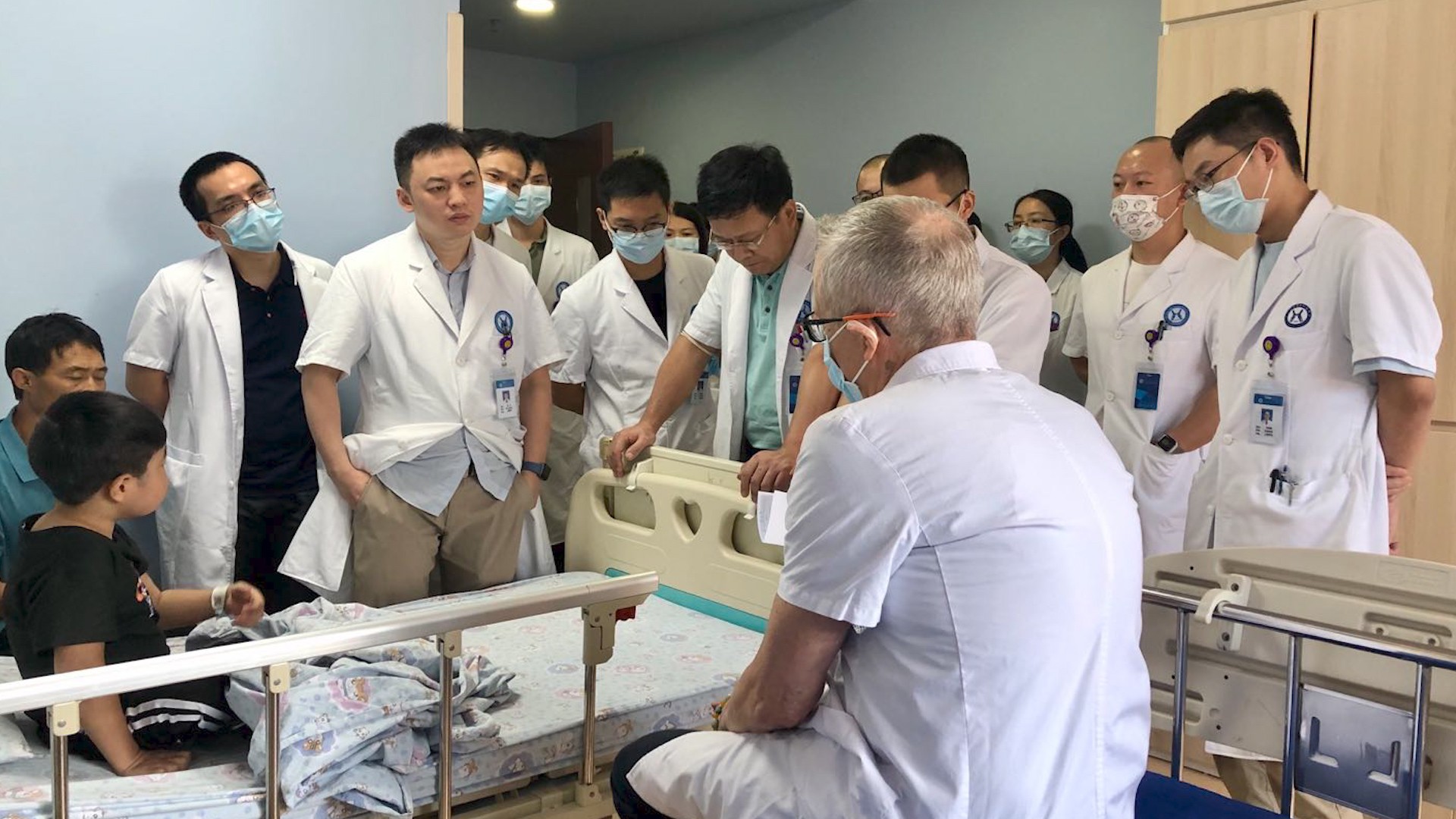
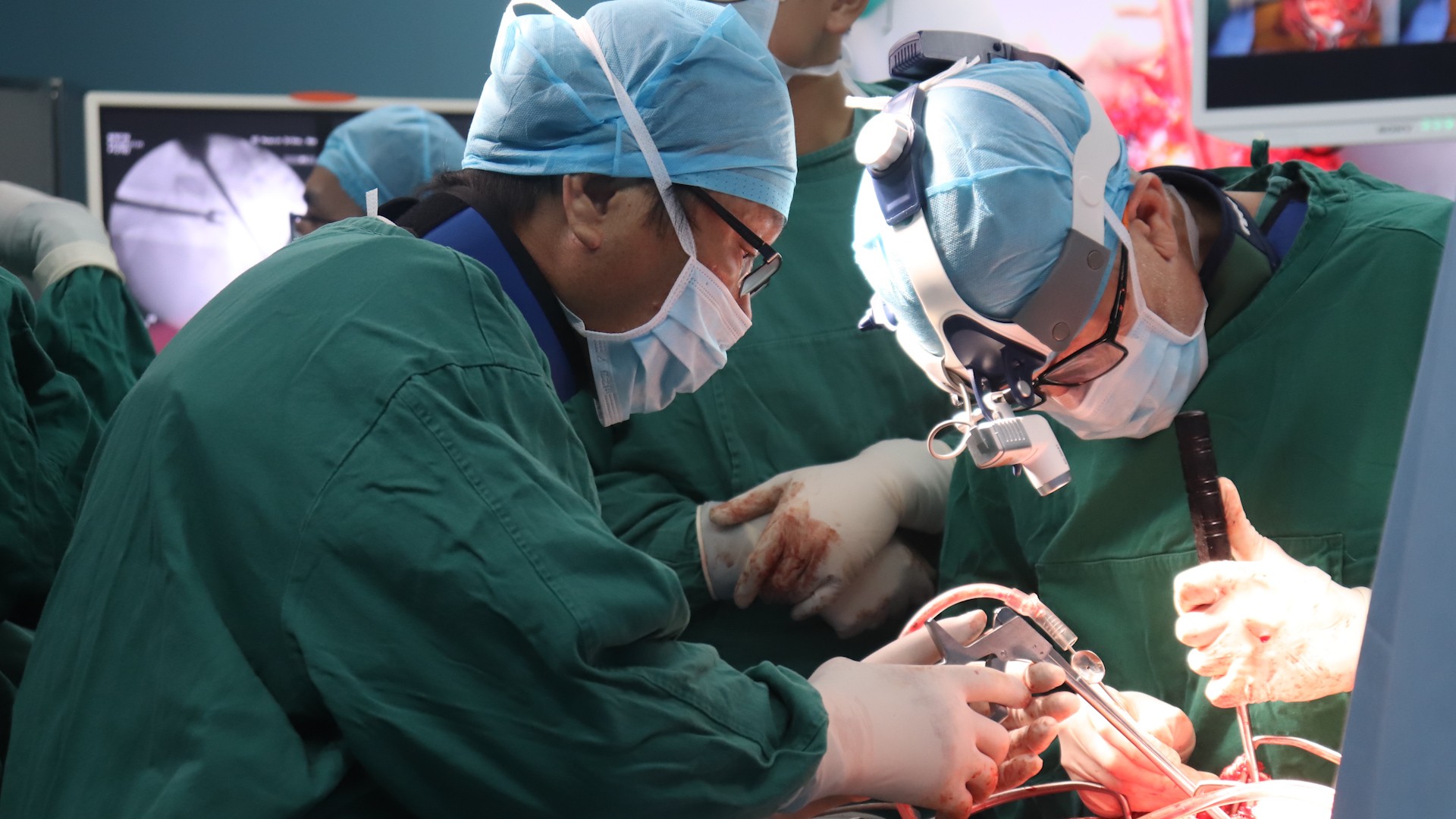
We are currently among the leading teams in China for the treatment of cerebral palsy, especially for the comorbidity of deformity in pediatric skeletal system, which is at the leading level in China currently. Of course Prof. MD. David P. Roye Jr. contributes a lot to our achievements, we have learned lots of advanced Western treatment philosophies, strategies and surgeries from him. So, in the past two years, we have treated over 200 children and performed more than 100 surgeries every year. In the Third Affiliated Hospital of Southern Medical University where I worked before, we may treat 5 to 10 cerebral palsy patients with complicated comorbidities every year, but now the number increases by dozens times, and we may treat over 100 such patient every year. So under this circumstance, our experience of treating neuro-muscular comorbidities of cerebral palsy is the biggest strength of our team.
Over the past 25 years, Prof. David P. Roye Jr. Has been to China 80 times, performing charity surgery on hundreds of children in China. He has more than 40 years of clinical experience on Pediatric Orthopedics, particularly in the treatment of adolescent idiopathic and neruomuscular scoliosis and pediatric cerebral palsy.
At the end of 2020, Prof. Li’s team and Prof. David P. Roye Jr. founded the South China Center for Childhood Disabilities.
6. What’s the significance of Prof. David P. Roye Jr. joining Shantou University Guangzhou Huaxin Orthopaedic Hospital?
In May 2020, about one and a half year after the founding of this hospital, we were greatly honored to have a well-known surgeon joined us. He is the first Director of Pediatric Orthopaedic Surgery at the NewYork-Presbyterian Hospital, Prof. David P. Roye Jr., who is working at our department now. Every time I talk about him, I have mixed feelings and a lot to say. You can find many stories about him on the Internet.
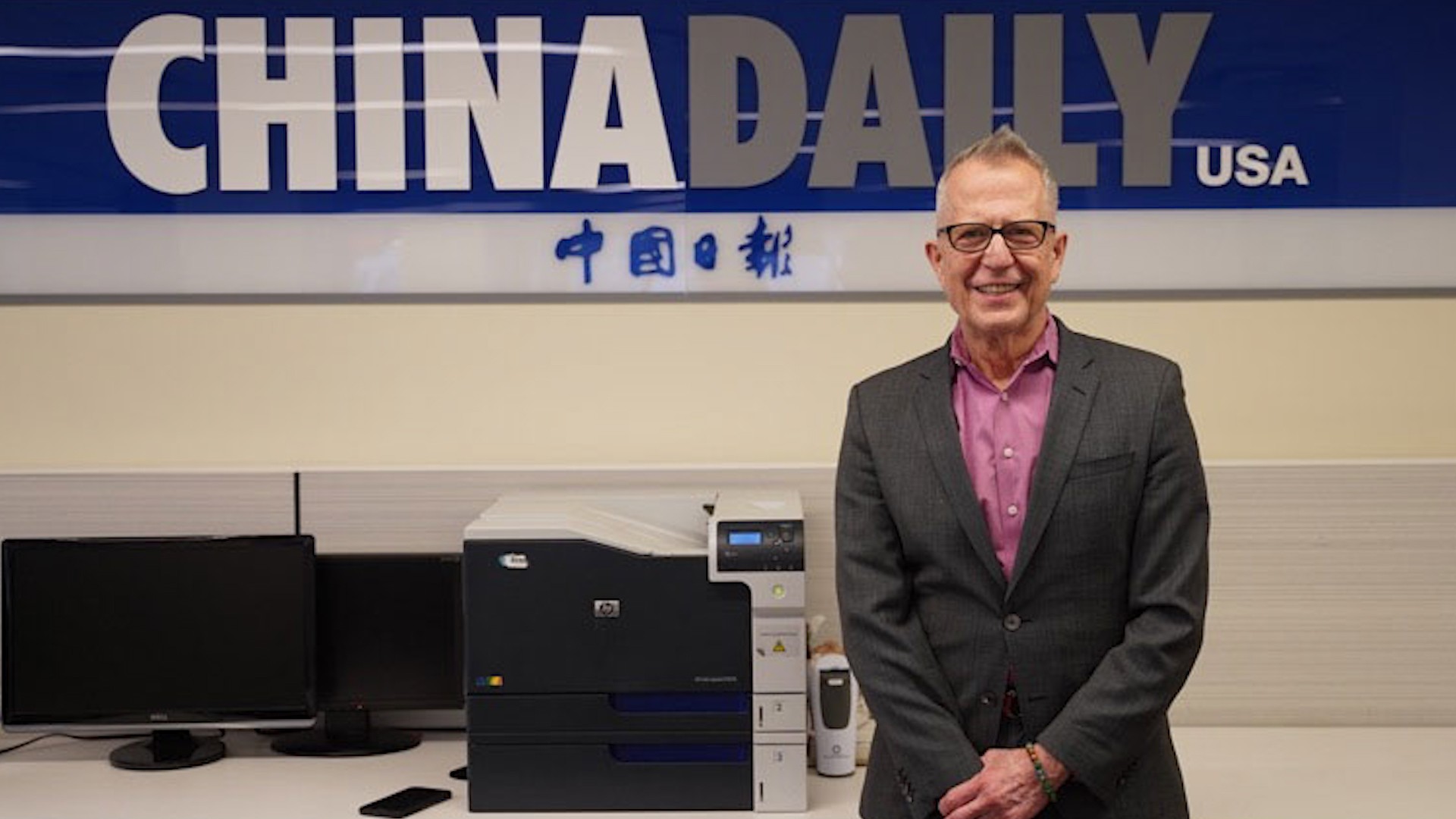
In Feb 2020, he flew to Beijing from the US after transferring at Tokyo. In fact, he hasn’t returned to the US for two years and three months since Feb 2020. The pandemic, of course would be the main restriction, but it’s getting more stable in China.
It’s not his first visit to China. It’s hard to imagine that he’s visited China for 80 times in 25 years from 1997 to 2022. And during his 80 visits to China in the last 25 years, he has operated on hundreds of Chinese children and treated a lot more. That’s how much he loves China.
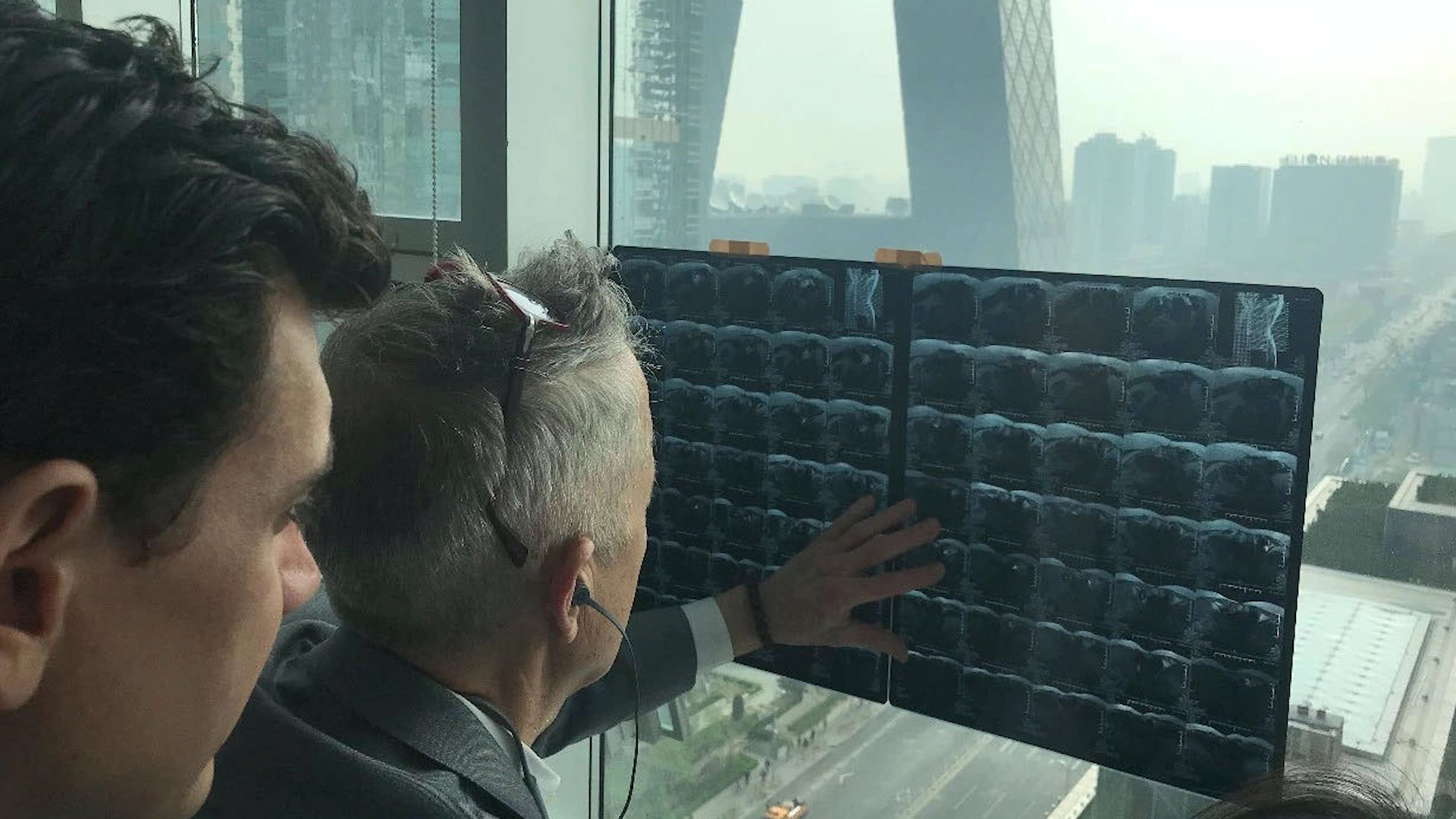
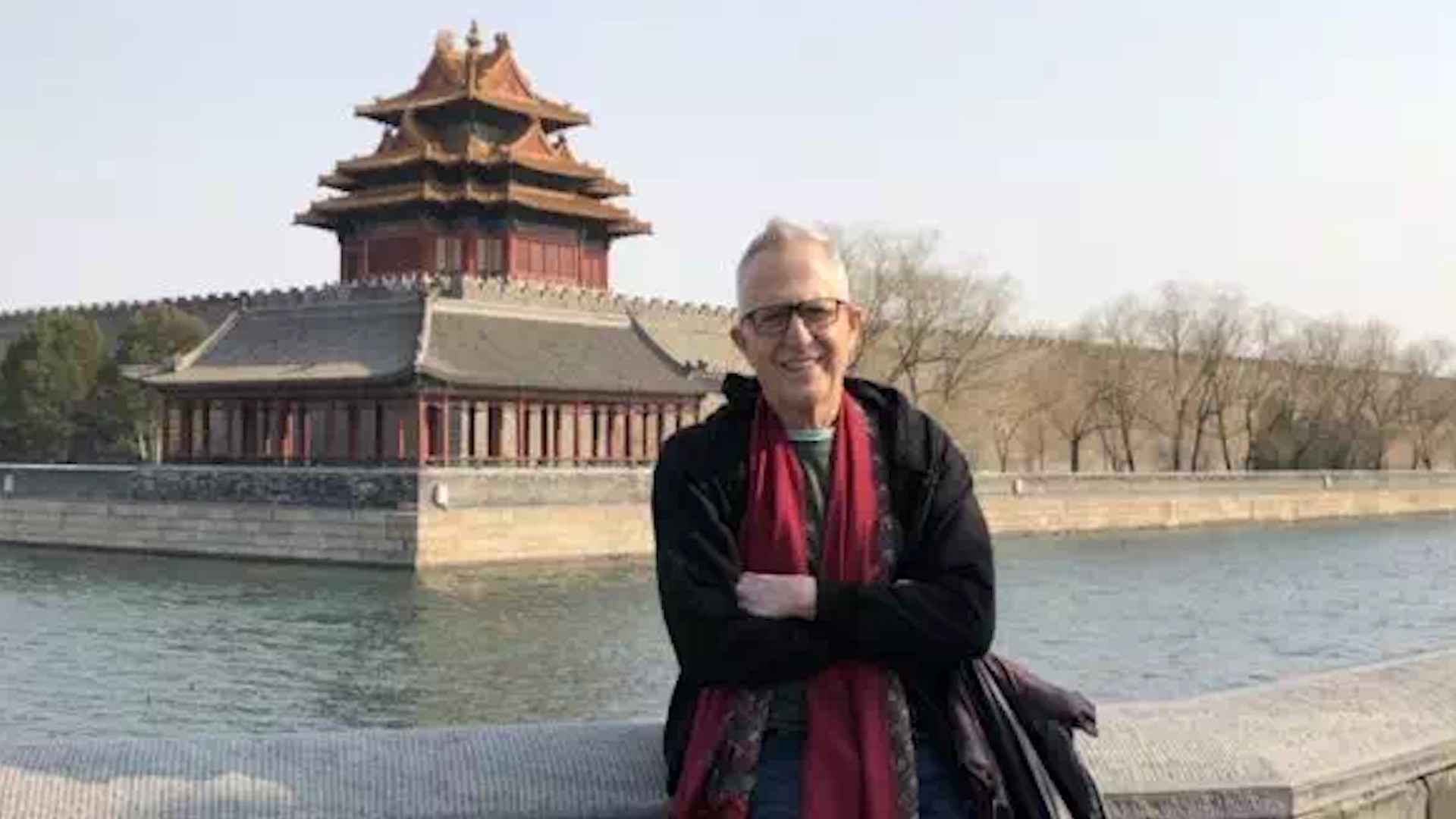
He’s a truly great doctor in my mind. Although China was hit worst by the Covid-19 in 2020, he still travelled to China because of his great affection for China and children here. As a Pediatric Orthopedic surgeon he mainly treats children. He’s among the top Pediatric Orthopedic surgeons in New York City and even around the world. He’s a specialist in neuromuscular diseases like cerebral palsy. During the past two years, he helped us treat a lot of children with neuromuscular diseases, especially with cerebral palsy.
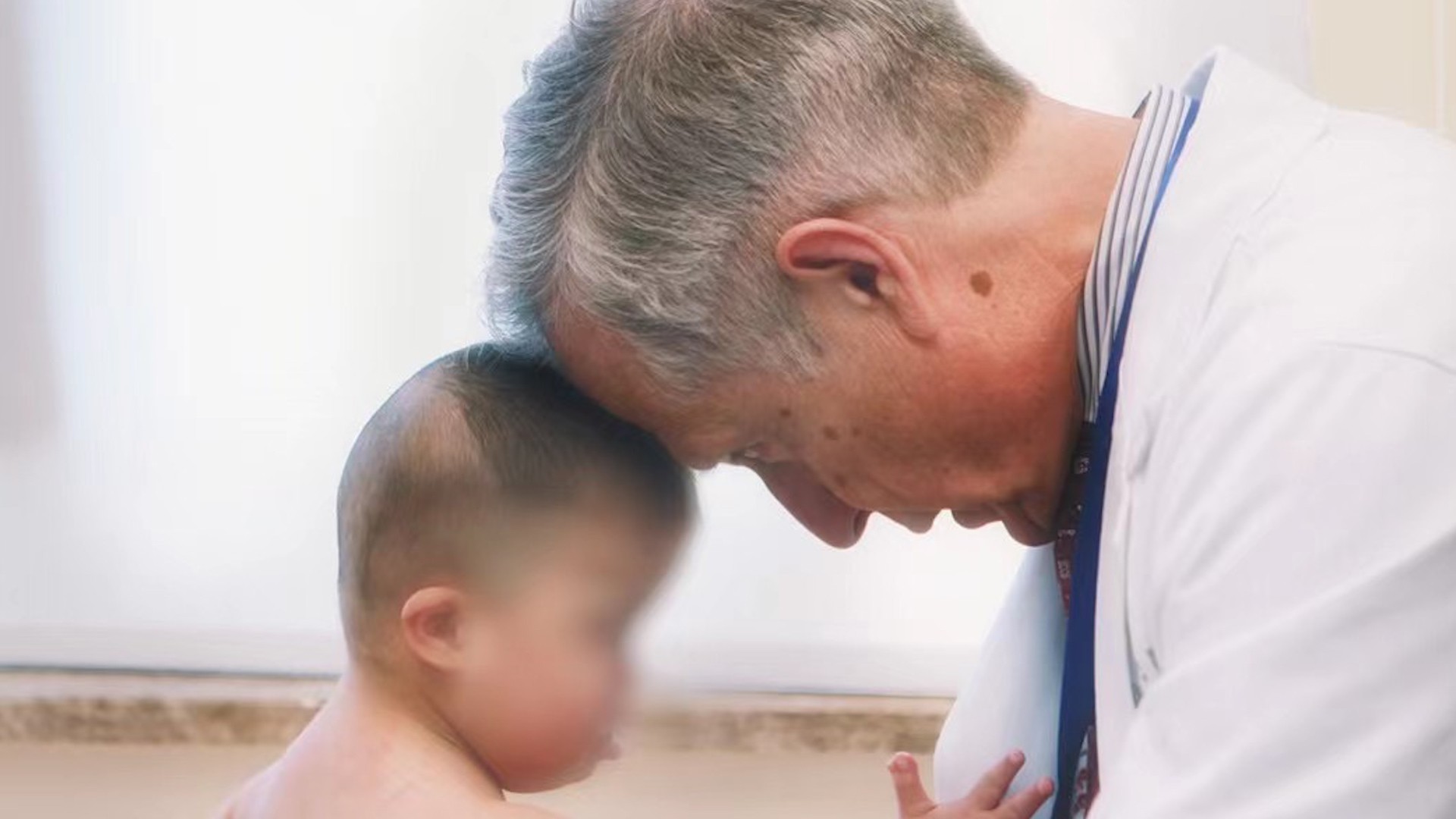
In my early years as a Pediatric Orthopedic surgeon, I knew little about the treatment for cerebral palsy. When we went to the West for academic exchanges, we saw how thorough their treatment and research of cerebral palsy were. But we were completely confused about what they were talking about. Because treating rare Pediatric Orthopedic diseases represented by cerebral palsy is very hard.
Many may wonder why cerebral palsy belongs to Pediatric Orthopedic specialty and is a orthopedic disease.
Actually, not only the public but the doctors misunderstand. The reason is that they don’t understand the basic definition of cerebral palsy. Cerebral palsy is a group of disorders that affect a person’s ability to move resulting from brain injuries for various reasons in infancy such as before birth, perinatal period and within two years after birth. Along with such disorders, there are other co-occurring indications like emotional and cognitive disorders and learning and communication challenges. But the main symptom is movement disorder of limbs. Brain injuries are incurable, or we say irreversible, while limb movement disorder is curable. Limb movement disorder deteriorates into cerebral palsy if you let it be.
Unfortunately, many doctors in China treat cerebral palsy with medications like neurotrophic drugs, mouse nerve growth factors, injections of brain protein. But actually these medications won’t work out for children with cerebral palsy because according to the definition of cerebral palsy, brain injuries are incurable and irreversible and won’t get worse. In a word, treating the brain injuries or not, the patient gets the same result, and drug therapy is ineffective. This situation is quite common in China. Many cerebral palsy patients have received nonstandard treatments.
Since joining us, Prof. David P. Roye Jr. has updated our treatment concepts and guided, led and helped us to provide standard treatment for the CP disease. At the end of 2020, Southern Treatment Center of Cerebral Palsy and Congenital Limb Defects in Children(SCCCD) was established. You can see this plaque hanging outside our department. For now, it’s the only treatment center of cerebral palsy set up and led by pediatric orthopaedic surgeons in China.
As I mentioned before, the treatment for cerebral palsy should focus on orthopedic symptoms and limb movement disorders, which gradually appear after birth. And patients in this age group should be treated by Pediatric Orthopaedics surgeons. To put it simply, cerebral palsy belongs to pediatric orthopaedics diseases instead of neurological ones and its treatment should be led by pediatric orthopaedic surgeons and assisted by specialists of neurology, nursing, rehabilitation, nutrition, and emotional cognition. Most cerebral palsy children encounter gastrointestinal and vision problems, epilepsy, and mental health disorders. So they should be treated with a multidisciplinary approach led by Pediatric Orthopedic surgeons and assisted by doctors in other specialties. The team leader must be Pediatric Orthopedic surgeons. Such standard treatment model for cerebral palsy is recognized by the whole western world. But it hasn’t been recognized in China yet.
Our team is willing to take the lead in standardizing the treatment, which is also our original intention of setting up SCCCD. We hope to treat more than 6 million cerebral palsy patients in China who haven’t been given attention and right therapy with appropriate and standard treatment models and concepts. It’s also the most important mission in my future career.
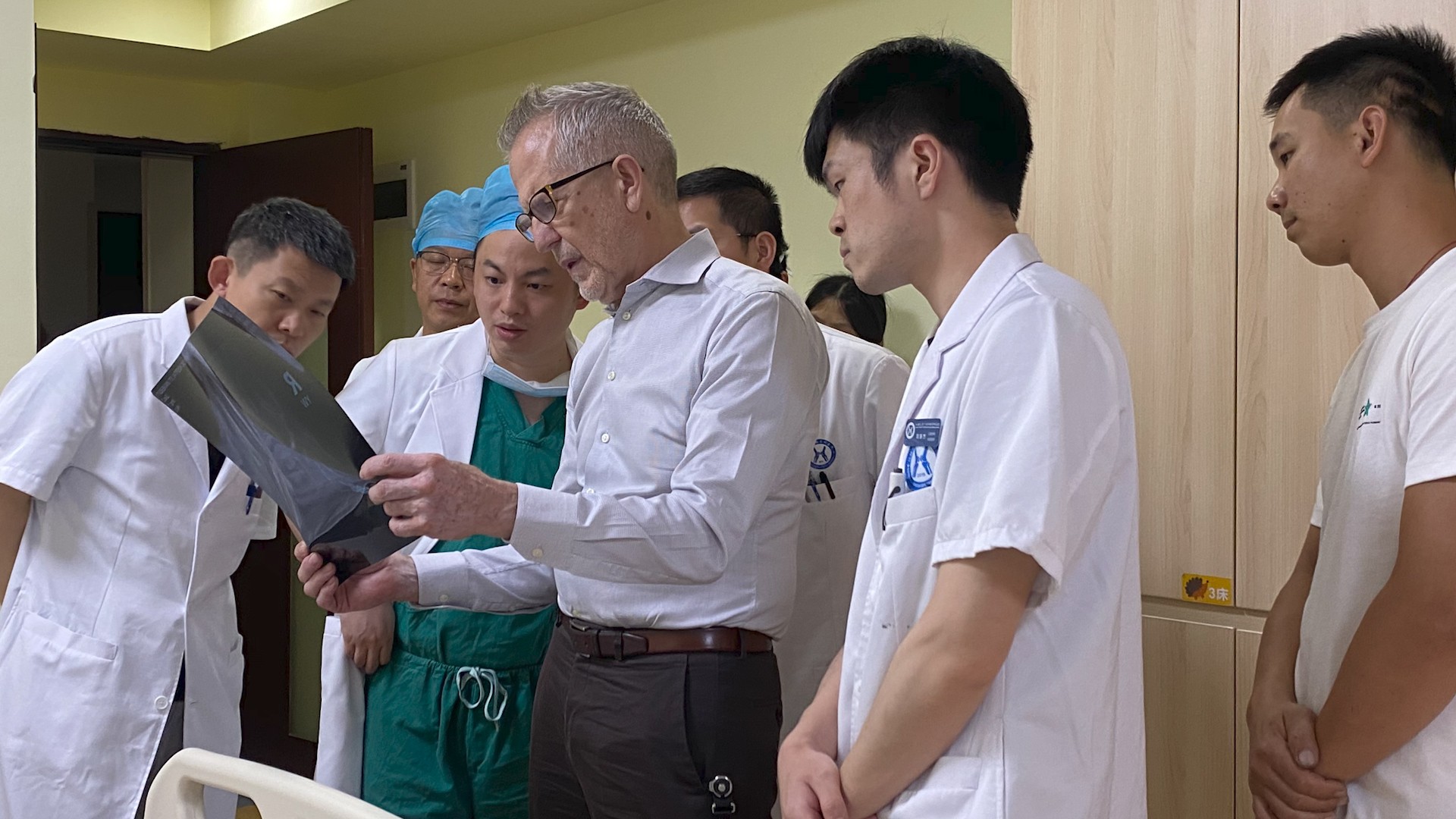
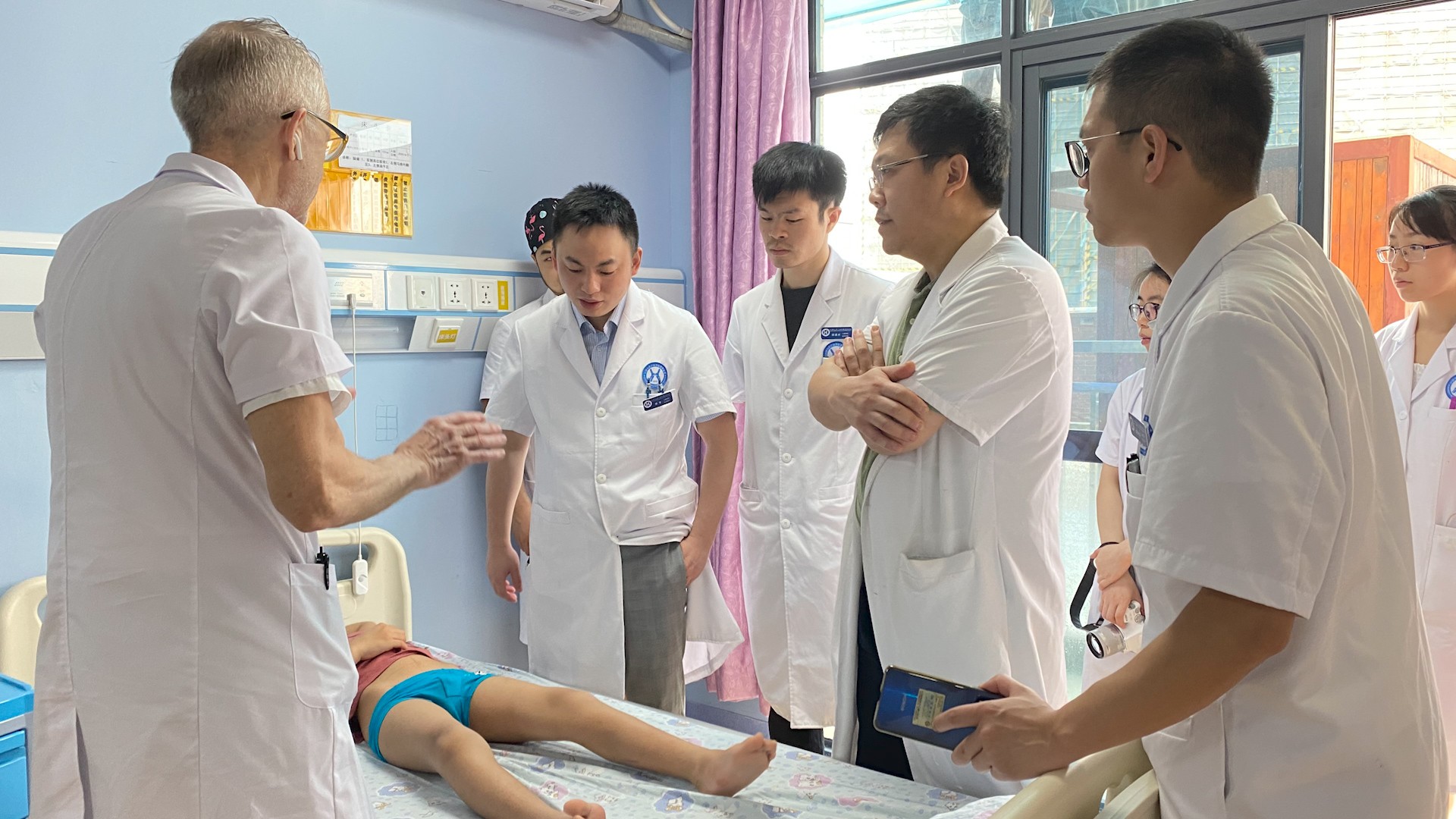
That explains our wholehearted thankfulness to Prof. David P. Roye Jr.. He’s introduced us to so many right and standard treatment models and concepts that facilitate us to help more children in China. Now he works at our department about four days a week for ward rounds, outpatient consultation, operations and case discussions. I especially enjoy our case discussion. It is held once a week on Mondays, which normally start from 2: 30 p.m. and end at 7 or 8 p.m. Each time we discuss 6 to 10 complicated cases from all over the country. Patients who cannot be cured by local or many other hospitals will come to our department. They may come from as far as Tibet, Qinghai, Xinjiang or the Pearl River Delta region. Most of the patients are poor. We’ll also make operation plans and treatment strategies for them. For patients who cannot afford treatment, we’ll help them raise money through Huaxin Group’s own foundation, charities and other means. There are several children in such condition in hospital now.
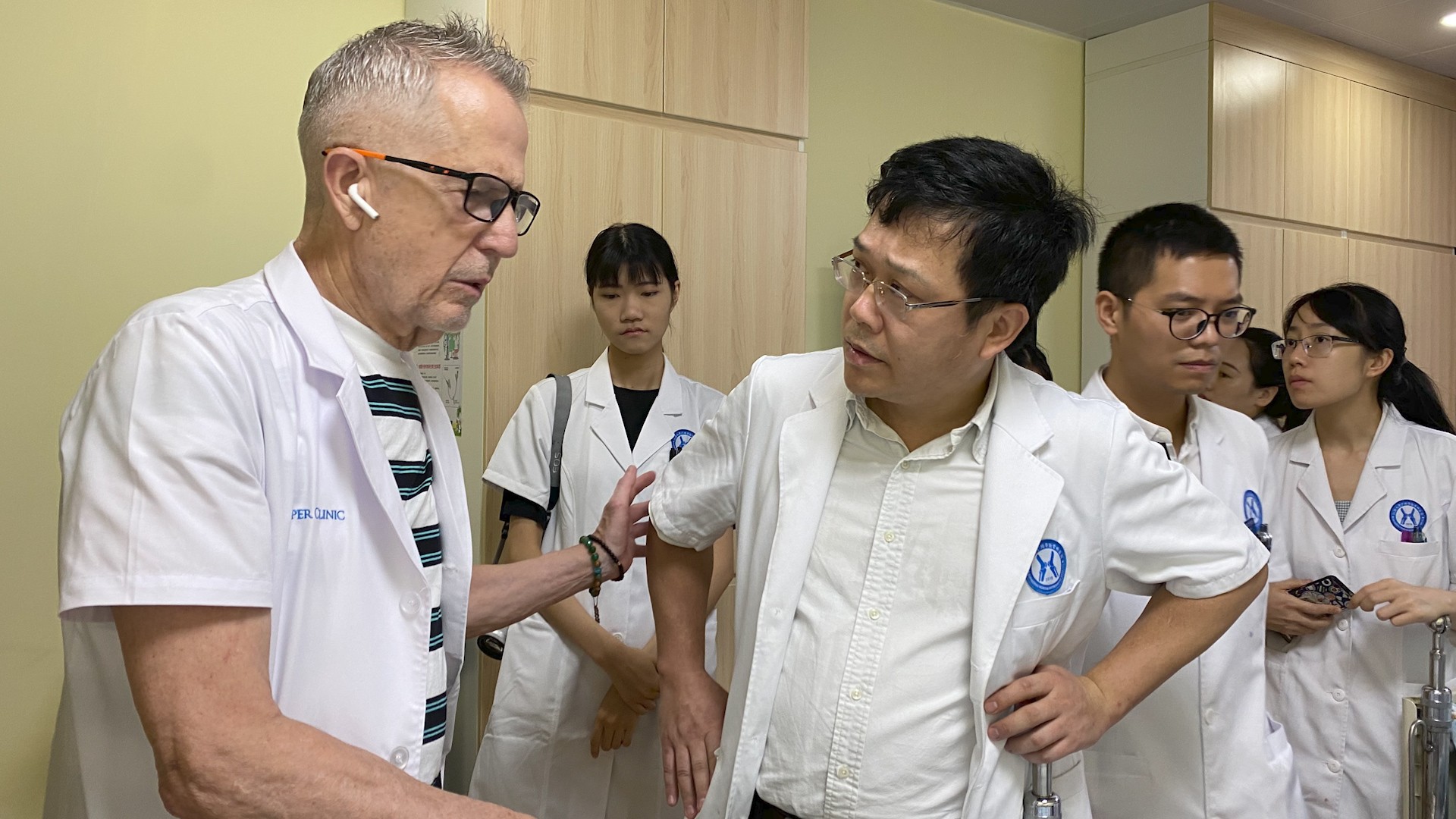
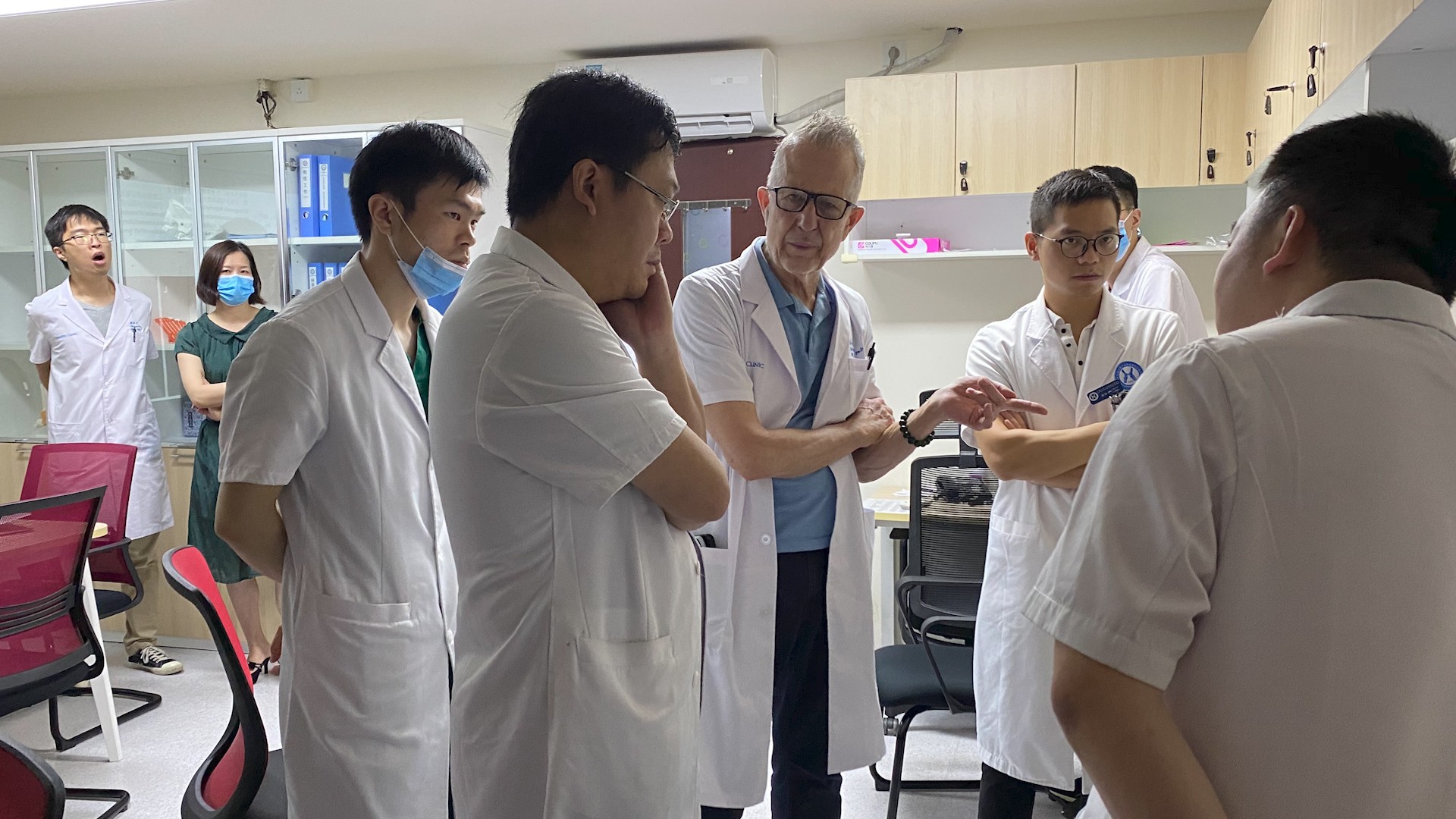
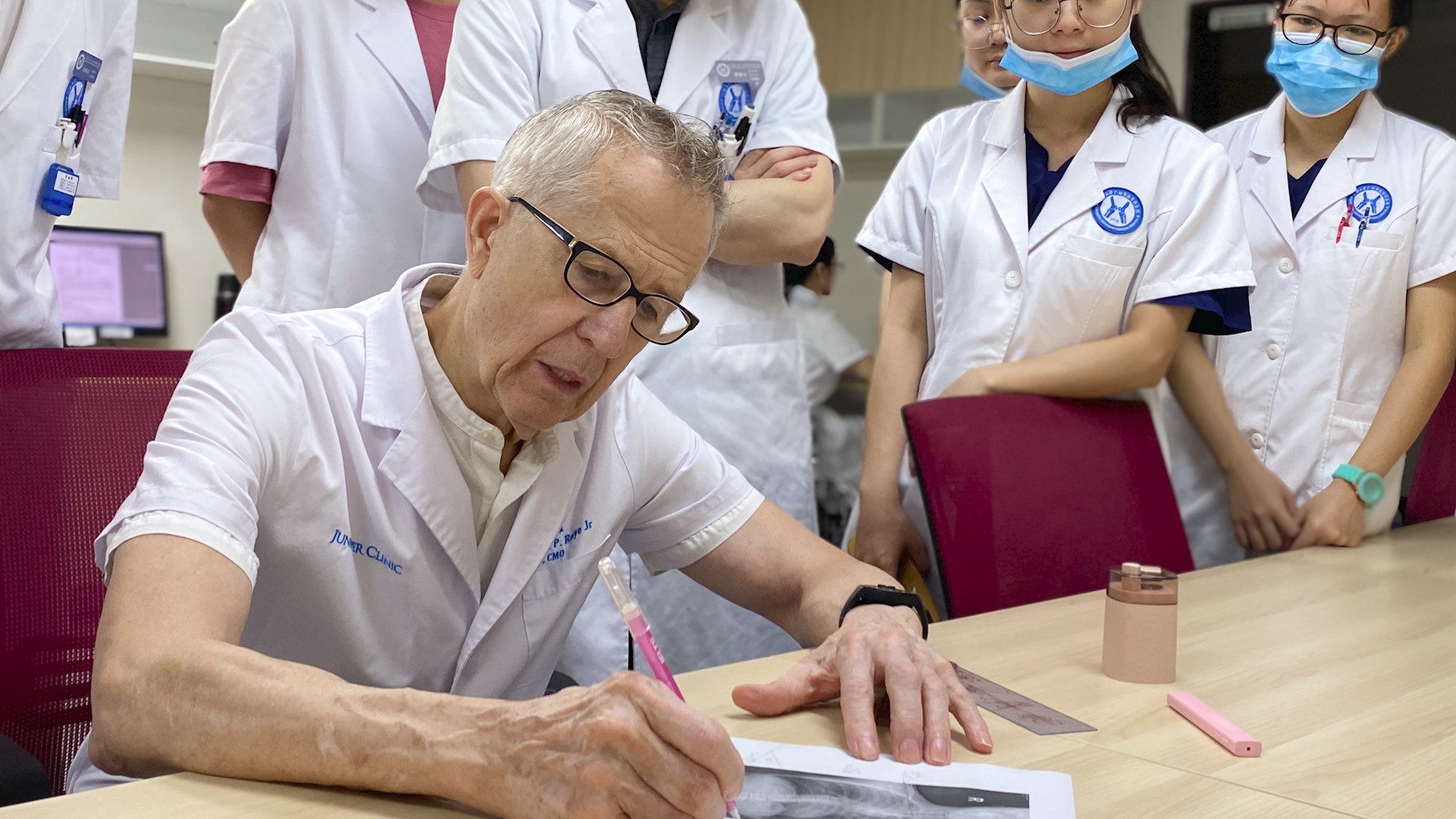
Among them a child from Qinghai province was injured in a car accident that broke his whole distal femur and proximal tibial epiphysis. After several operations performed at a local hospital, he became lame and his legs were completely bent. It was painful to see him walking. The good news is that now he can walk with straight legs after surgeries in our hospital. We raised a lot of money for him and many warm-hearted people made donations. There are so many children like him.
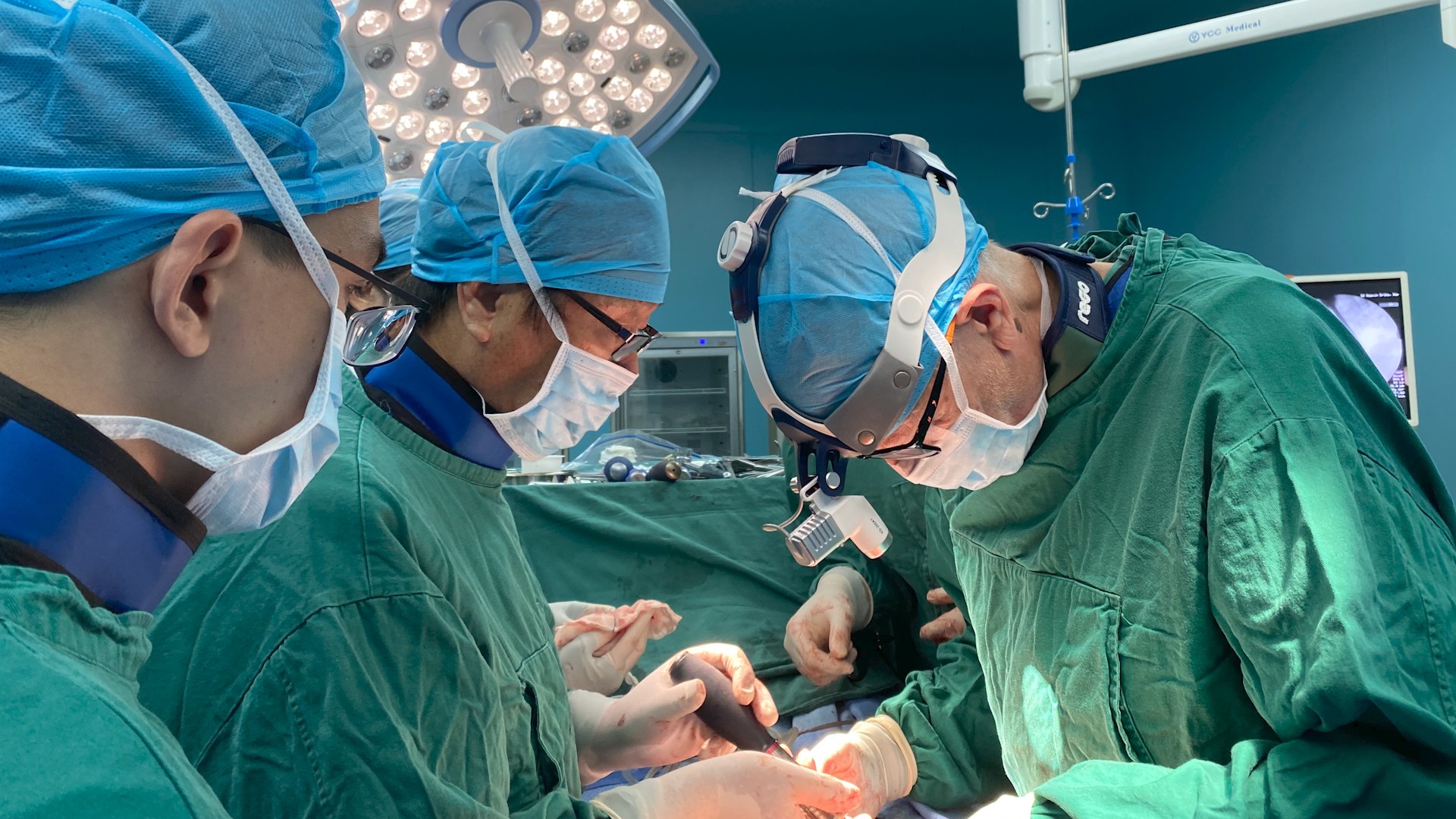
Sometimes, Prof. David P. Roye Jr. performs extremely complicated surgeries himself. He’s particularly skilled in spinal deformity correction surgery. Before joining us, what he performed most was correction surgery of scoliosis, of neuromuscular scoliosis in particular. Both of his surgical skills and treatment concepts for this disease are world-class. On the whole, our team and I feel much honored to be able to work with Prof. David P. Roye Jr.. We’ll always bear in mind what he’s done for us and children in China.
7. Could you please introduce the significance of the newly-established Southern Treatment Center of Cerebral Palsy and Congenital Limb Defects in Children(SCCCD) of Shantou University Guangzhou Huaxin Orthopaedic Hospital?
People don’t know much about SCCCD since it has been established for only less than two years and Shantou University Guangzhou Huaxin Orthopaedic Hospital is a private hospital. At present, still many people in China don’t quite trust private hospitals. So there is still a long way to go before SCCCD being recognized by people and the society. From my and my team’s perspectives, we believe we’re doing the right thing. What we’ve done is worthy of each patient’s trust.

We treat 100 to 150 children with cerebral palsy each year. And we’ve treated over 200 children since the end of 2020. I mean those who have undergone surgeries because most cerebral palsy patients require surgeries. And the total number of our patients have been increasing since 2020. Cerebral palsy patients have their own contact groups, such as Wechat groups and QQ groups. They’ll tell other group members if their treatment is effective. Then the news will spread by word of mouth and attract more patients to us.
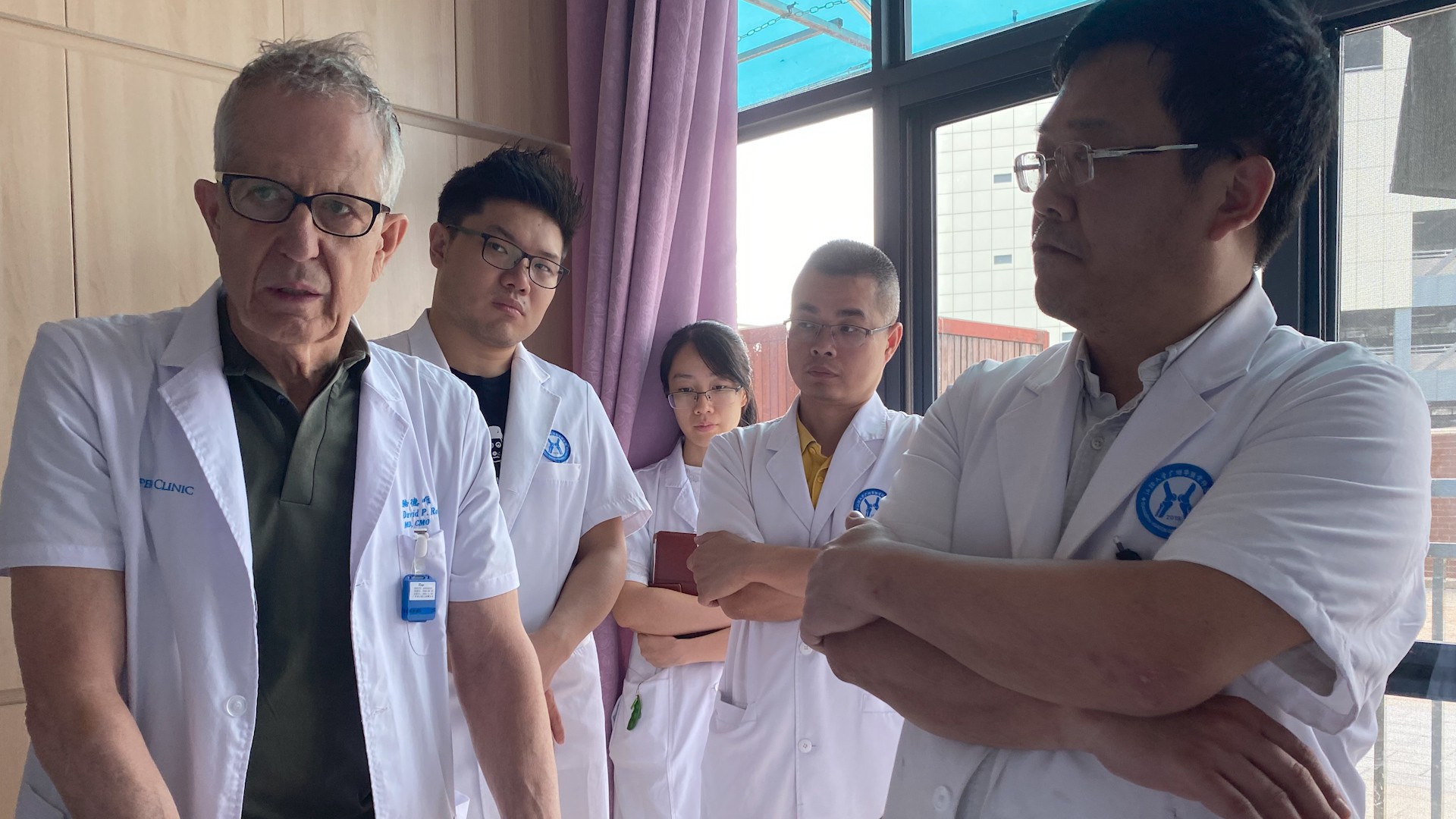
Our patients are from all over the world and of all age groups. The oldest child we’ve treated is over 30 years old now and can actually be categorized as an adult. Personally, I have little experience in treating adults. The oldest patients I’ve treated fall into the age group of 16 to 18. Prof. David P. Roye Jr. has over 45 years’ treatment experience and has treated a lot of patients, among which the oldest is more than 50 or even older now. So he’s accumulated rich experience in treating both children and adults with cerebral palsy and other Pediatric Orthopedic diseases. He is marvellous and has brought us impactful ideas.

Apart from clinical treatment, my team and I are working on a database of cerebral palsy. We enter data of all patients we’ve treated into the database in accordance with Western models and standards. We hope to cover all patient groups of cerebral palsy in China one day.
With our database growing bigger, we hope to provide practical and reliable basis for both clinical and scientific research, the treatment and assistance for the vulnerable and the society and government.
A new generation of digitized Orthopedics-3D gait analysis and motion capture lab and 3D printing and digitalized orthopedic laboratory.
8. What are the strong supports behind the South China Center for Childhood Disabilities (SCCCD)?
The South China Center for Childhood Disabilities (SCCCD) are strongly supported by some forces as followed. The first one is the clinical support from our Department of Pediatric Orthopedics, which provides about 60 registered beds, and performs 1,000 to 1,500 surgeries every year. Of course the amount of surgery is increasing year by year.
Besides the clinical support, we have a strong scientific research team, and the most advanced 3D gait analysis and motion capture lab around the world. The lab is in the second floor of our hospital, covering an area of 100 square meters and equipped with the most advanced equipment introduced from UK. So what is this lab for? As we know that the patients with cerebral palsy generally have impaired movements, if we access and analyze these impaired movements with science, many conclusion can be drawn to help us make clinical treatment, which is very important. And in those developed countries in the West, gait analysis has already became an necessary method in accessing and treating cerebral palsy. However, there was almost no professional gait analysis for cerebral palsy treatment in China, so we are the first specialized center of cerebral palsy treatment and we also have a gait analysis lab to help us make evaluation, analysis and clinical treatment.
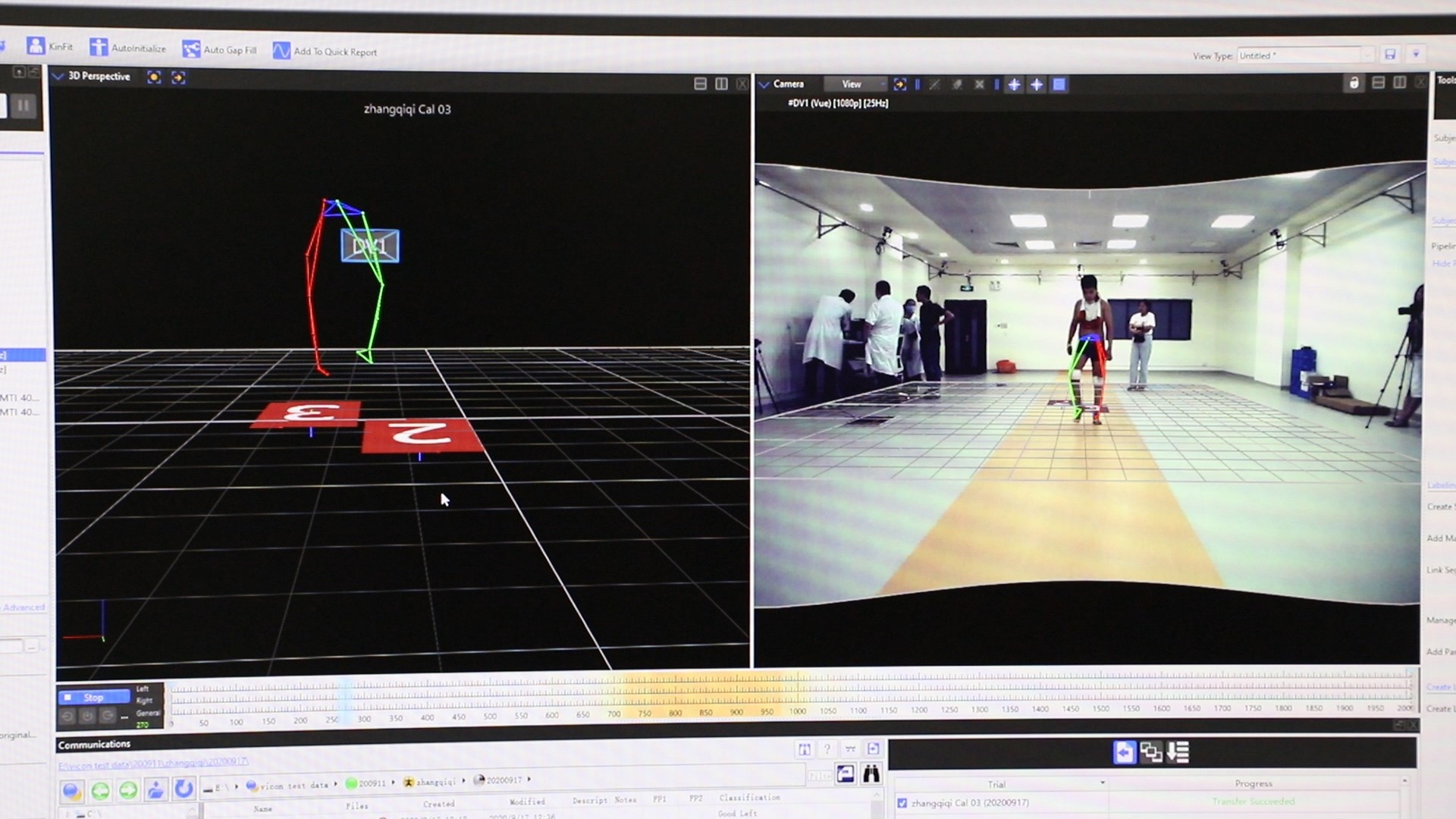
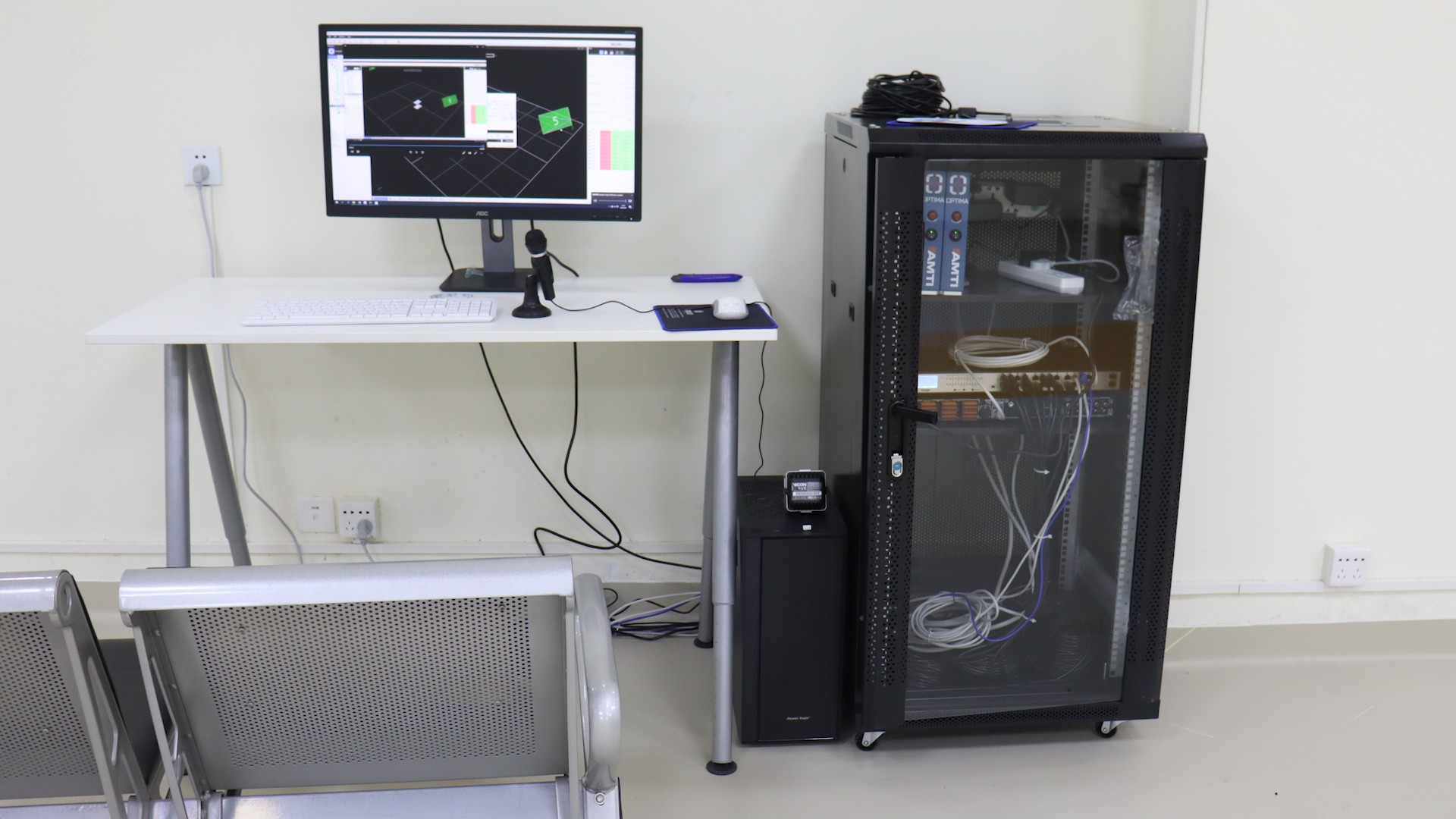
Around the end of 2021, Shantou University Guangzhou Huaxin Orthopedic Hospital placed a big investment in the 3D printing and digitalized orthopedic laboratory to help us with pre-op simulation for surgical treatment of cerebral palsy, limbs, spine and joints. For example, for the case of abnormal bone growth, we can easily simulate the surgical outcome before the surgery, by adopting the 3D printing technology and digitalized orthopedic technology. Before the surgery, the deformed bone will go through a CT scan and the computer simulates the outcome of breaking the bone, then nailing it. For the detailed data, such as the precise angle to correct after breaking the bone, at which angle should the coronal plane be corrected, at which angle should the other plane be corrected, at which angle should the horizontal plane be corrected, computer can help us with processing of these data, and it can tell us that what we need to do in this plane and what we need to do in that plane, so our clinical treatment and operation procedure can be more precise. And these are the meanings of our most advanced 3D printing digitalized Orthopedic lab worldwide.
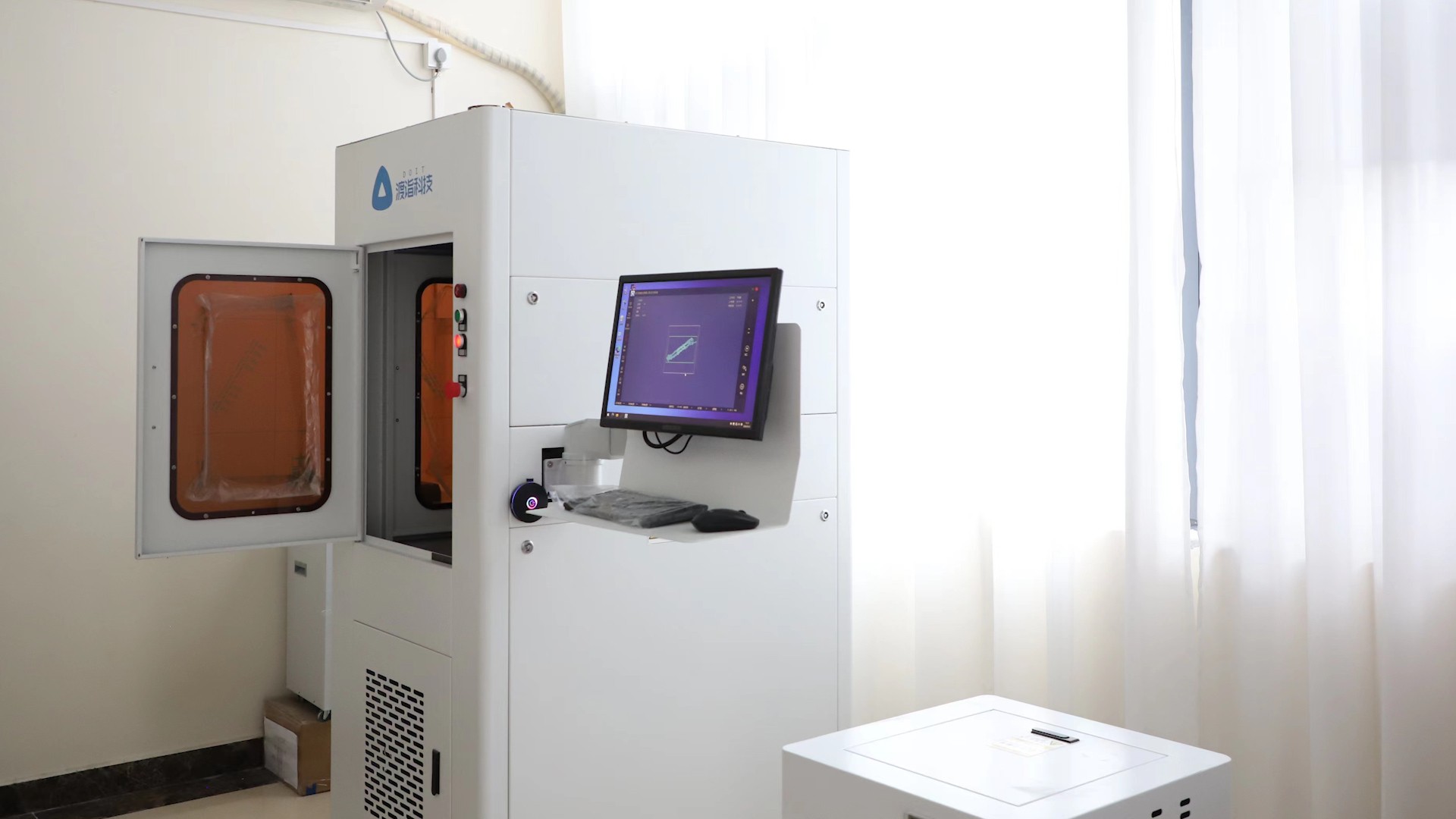
Due to the COVID-19 pandemic and other environmental factors, the development of private hospital has been restricted to some extent. The accumulation of word-of-mouth, the establishment of hospital brand, the trust of patients and the attraction of outstanding experts, etc, a series of challenges confronted private hospital.
9. Can you tell us about the challenges the hospital met with ever since the outbreak of COVID-19 pandemic in 2020 and how did the hospital respond to them?
Looking back at the past three years, the development of our hospital did not go smoothly. Shantou University Guangzhou Huaxin Orhopaedic Hospital was opened near the end of Dec 2018, and the COVID-19 had its outbreak in the beginning of 2020. Before the COVID-19 pandemic, our society and the government were very supportive on the development of private hospitals, and lots of policies have been made to support private hospitals, because the medical resources provided by public hospitals are not enough to meet people’s increasing medical needs. But after the COVID-19 pandemic, we do see the importance and leading role of public hospitals in social economy and public health, from all levels. Therefore, the support for private hospitals will be reduced than before, consequently, the growth of private hospitals may be weaken, and it did happen.
There are also many problems, for example, the issue of health insurance, and it will take a very long time for the hospital to get a health insurance license. Besides, a new hospital needs to build up its reputation and create its brand by attracting patients, so running a hospital is not an easy thing. A real hospital brand can’t be made without at least 5 years of experience. So in the first few years, in general, the hospital was under a lot of pressure and it was relatively difficult.
Looking back to the past three years, what is our team stick to? we have been doing our job of treating every patient by treating each patient, we steadily builds up our reputation. In all these years, we are always committed to one philosophy that we will never violate the medical principles, and we will bare this philosophy in mind forever. As we gradually accumulate our word-of-mouth and build up a relationship of trust with our patients, our hospital started to work on track. From the end of 2018 till now, our hospital almost steps up every year with a yearly growing rate of more than 30%.
Looking at the achievements we have made, I think that the development prospect of our hospital is pretty good.
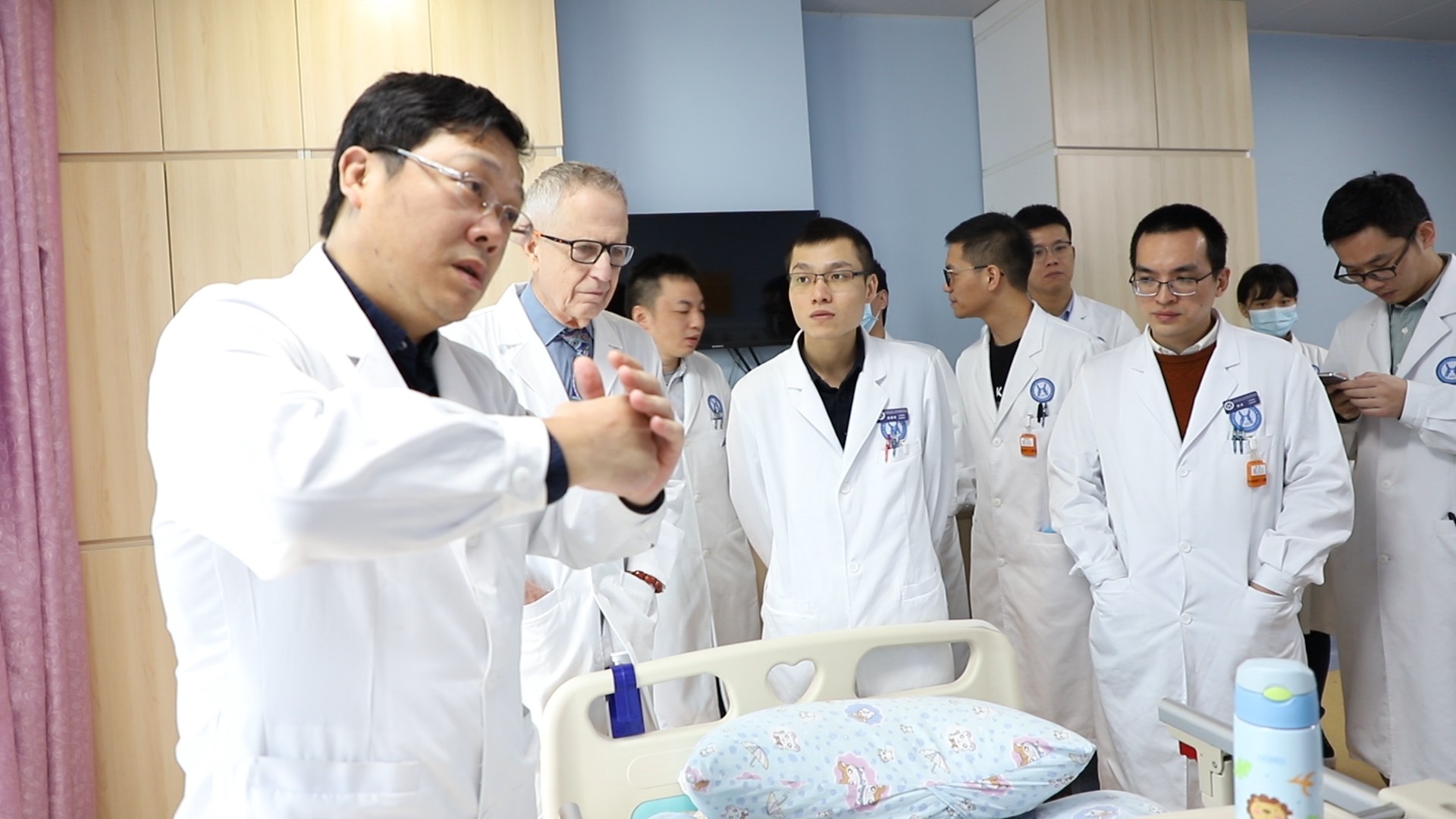
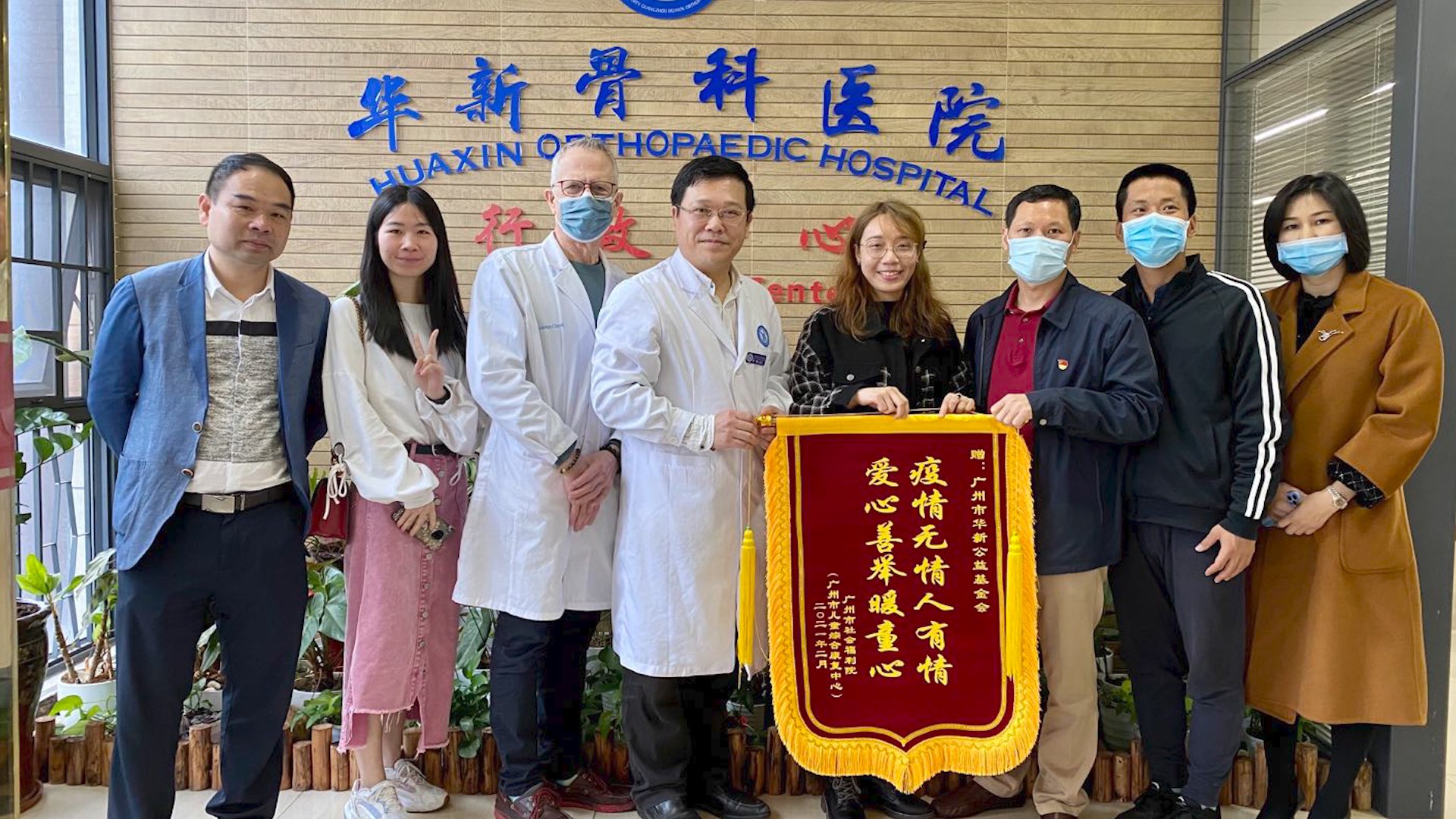
In fact, to run a hospital, to run a private hospital in China in particular is a very stressful and difficult thing under current circumstance. I have witnessed this hospital to establish, to grow and to be formed in three and a half years. I was just a doctor, a specialist in the past, but now I have become a leader of this hospital, so I can deeply feel the difficulty and challenges in running a private hospital. Sometimes I am so confused and unsure about the future of our hospital that I even think about giving it up, but I always believe that the mission of a hospital is to treat our patients.
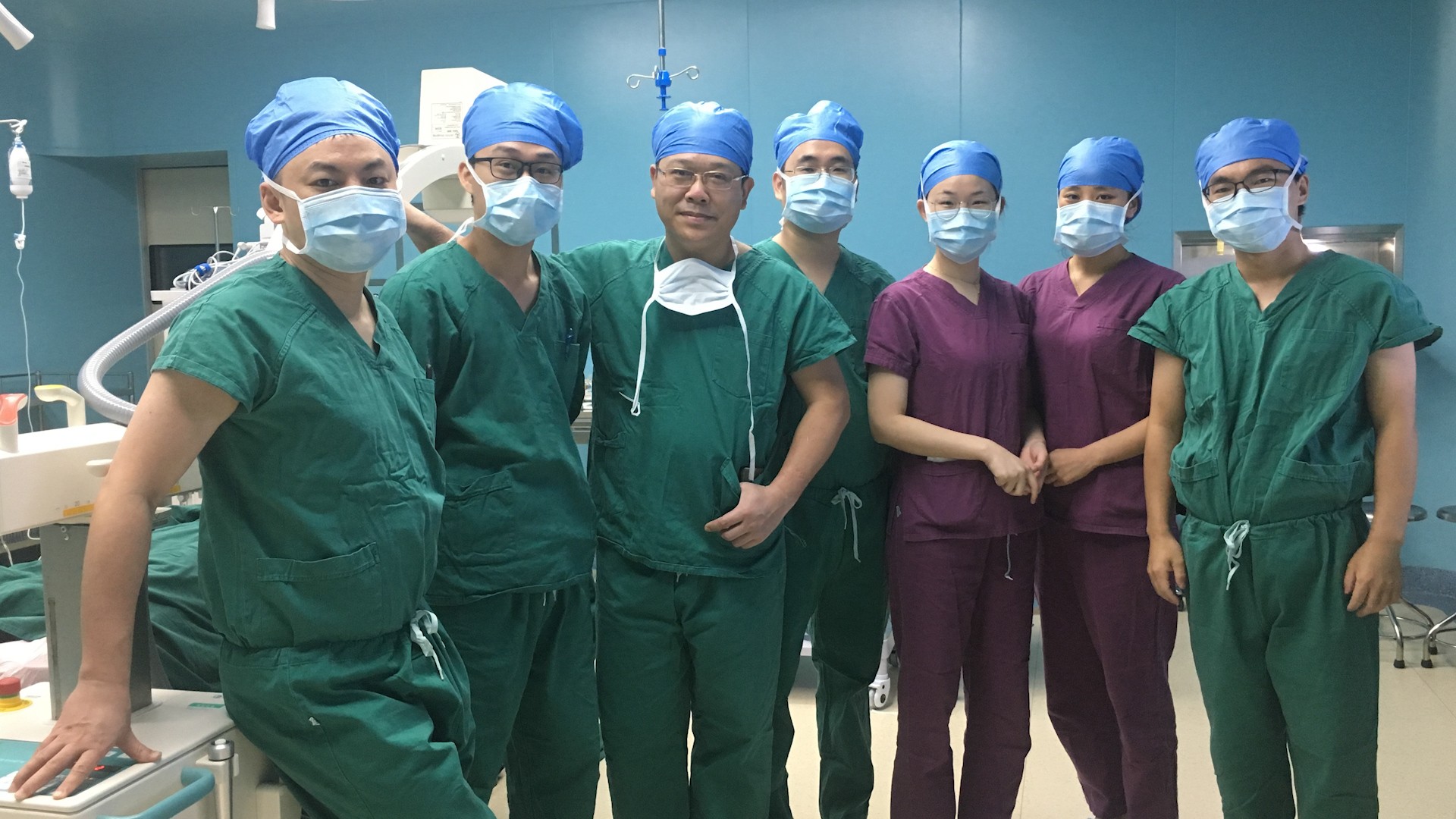
From the perspective of our hospital, besides the challenges I mentioned before, our hospital still faces a lot of challenges, for example, the distrust from our society and patients. Some patients have a very negative impression on private hospital, because there were some irregular private hospitals in the past, such as Putian hospitals, which stigmatizes the reputation of private hospitals even the reputation of all doctors. So it may take a very long time to change the negative impression on people’s mind and to rebuild the trust to private hospitals. It is so easy to destroy a brand but very difficult to build one, and we are trying our best to build up the reputation of private hospitals. We must put ourselves in every patient’s position and to be more considerate as possible, because the treatment is not only physically.
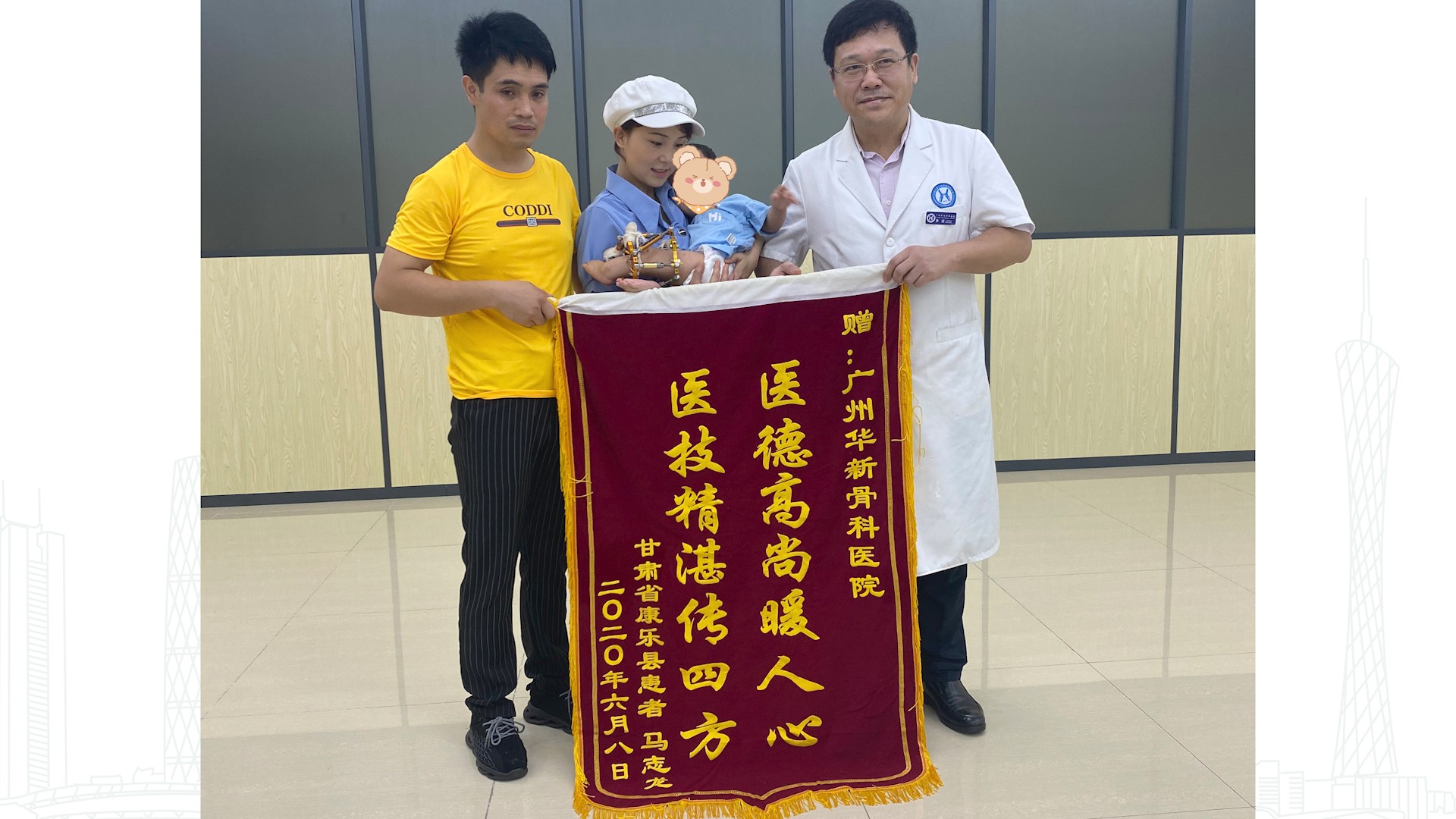
From the perspective of our hospital, besides the challenges I mentioned before, our hospital still faces a lot of challenges, for example, the distrust from our society and patients. Some patients have a very negative impression on private hospital, because there were some irregular private hospitals in the past, such as Putian hospitals, which stigmatizes the reputation of private hospitals even the reputation of all doctors. So it may take a very long time to change the negative impression on people’s mind and to rebuild the trust to private hospitals. It is so easy to destroy a brand but very difficult to build one, and we are trying our best to build up the reputation of private hospitals. We must put ourselves in every patient’s position and to be more considerate as possible, because the treatment is not only physically.
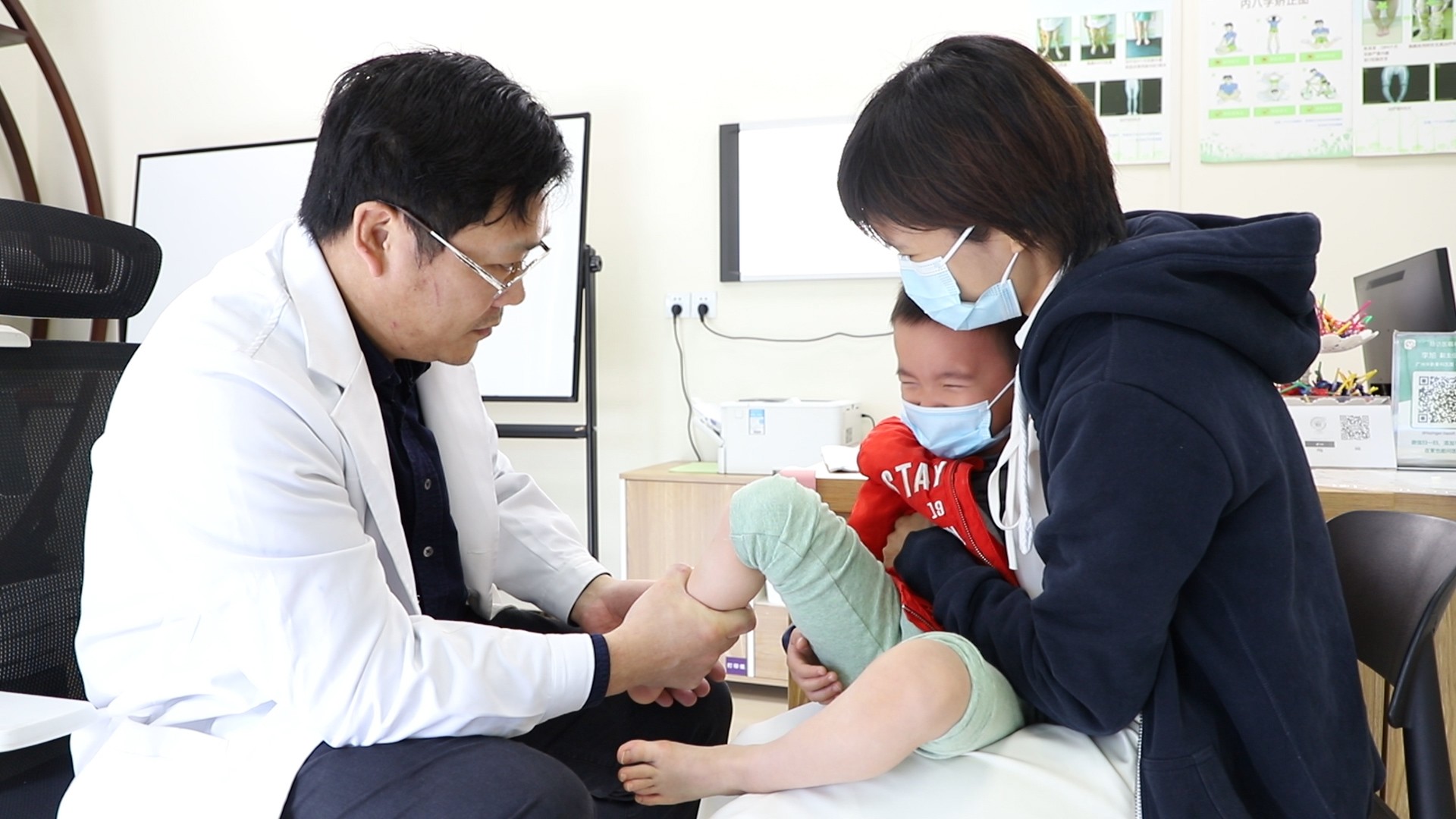
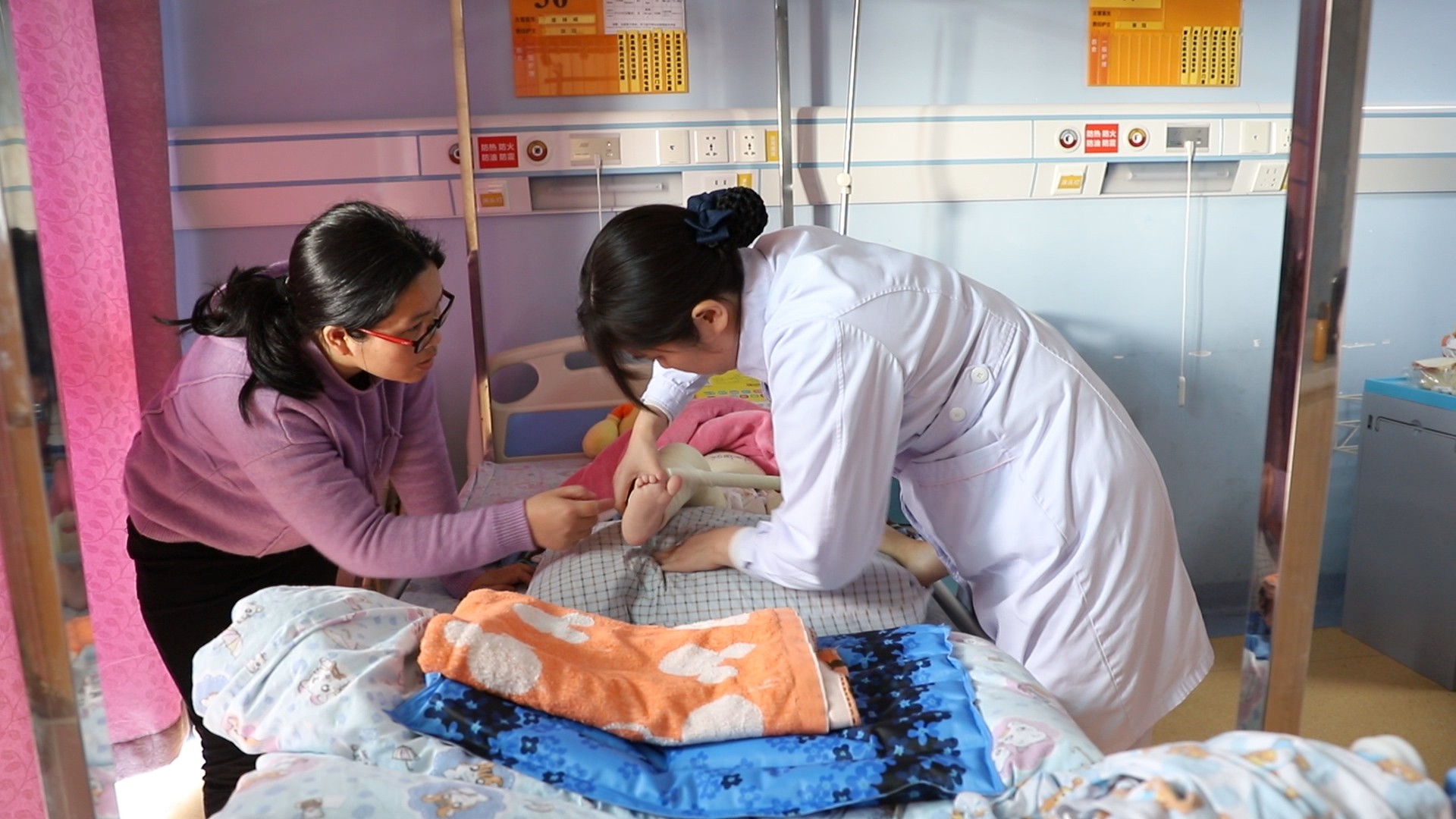
we often encounter such situation that the patient’s parents have different opinions or emotional discord because of patient’s physical disability. Thus we should consider a lot of factors as a doctor. Once if there is a problem in the family, it will eventually influence the care and treatment of children, causing an ineffective treatment. The children could have walked, but in the end he was unable to (due to family influence) or he could have walked better but end up walking with poor posture because of these factors. So as a doctor, we should think about these questions.
Besides the challenge of patient’s trust, another great challenge for the hospital is talent introduction, how to attract excellent experts and strong teams to join Huaxin Orthopaedic Hospital?
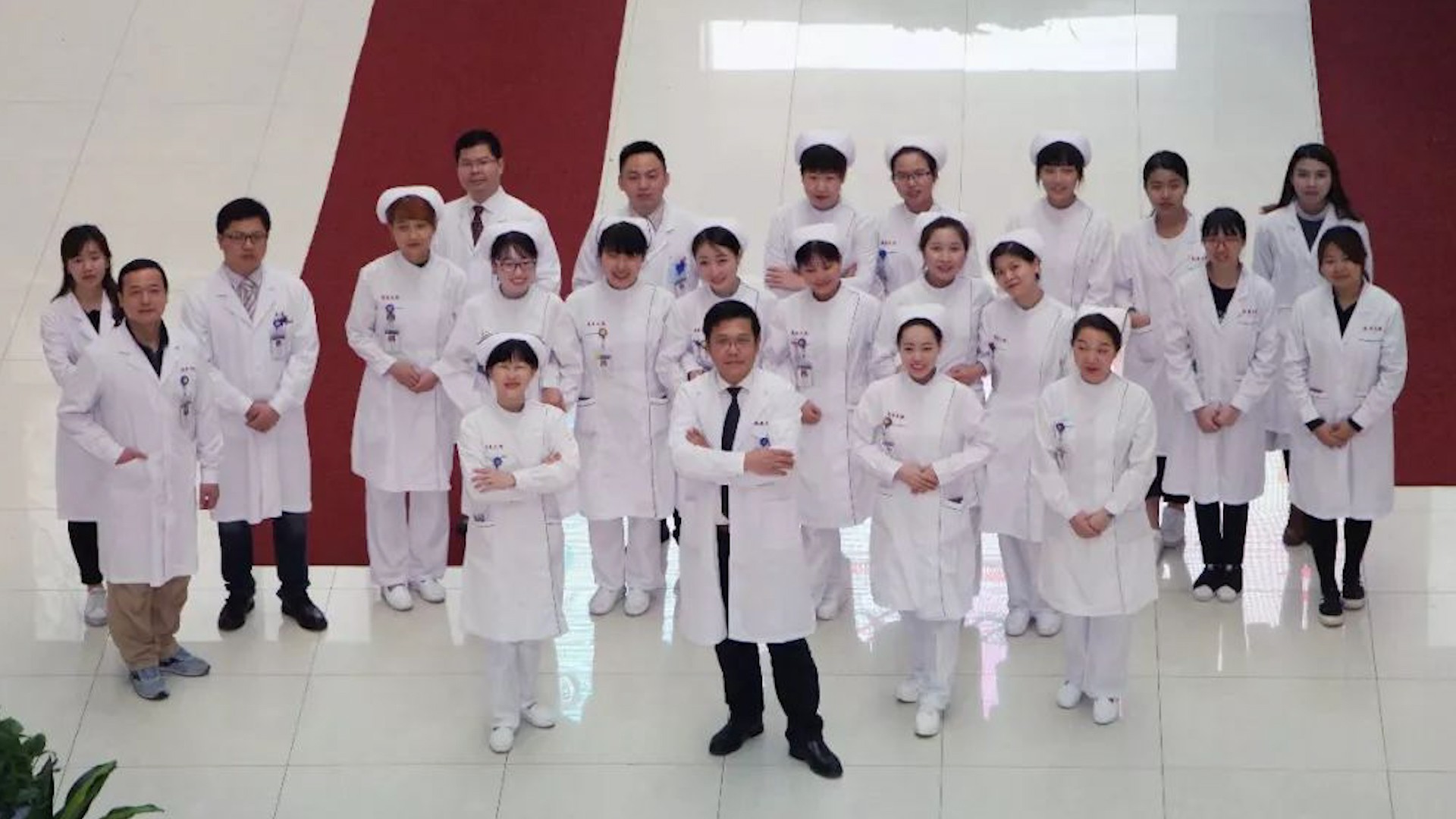
Firstly our doctors, especially those young doctors should attain a master’s degree or above. We have 5 surgeons on our team of Pediatric Orthopedics currently, three young surgeons are all postgraduates and the other two senior surgeons hold doctoral degrees. The cultivation of young talents are very important, which guarantees the team to make a good academic foundation and progress. Currently English is the working language in the Department of Pediatric Orthopaedics because Prof. MD. David P. Roye Jr. works here and he doesn’t speak Chinese. So everyday in our department, we speak English in every procedure such as rounds and shifts in the morning, case discussion, operations and we even have a professional interpreter.
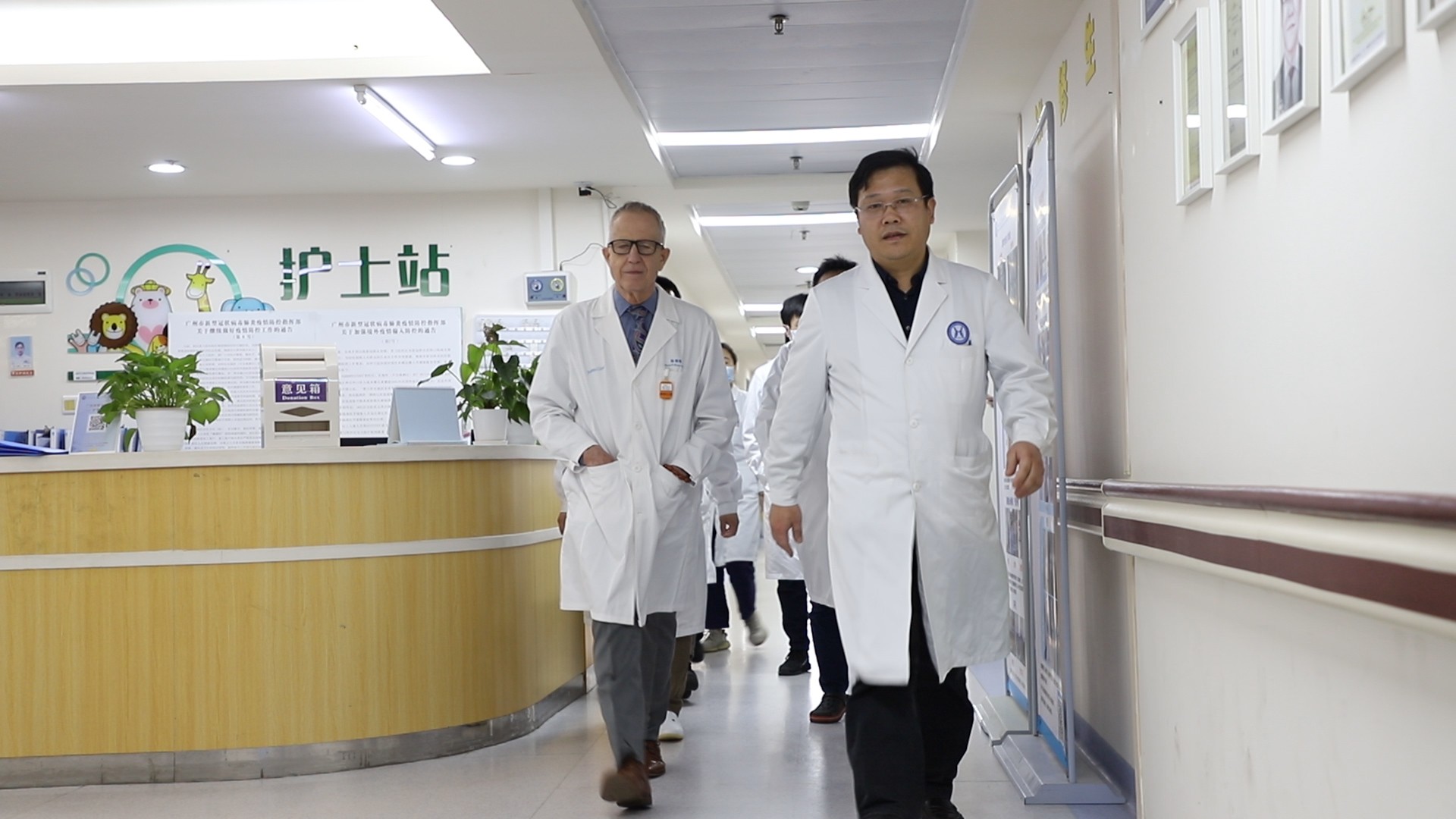
Firstly our doctors, especially those young doctors should attain a master’s degree or above. We have 5 surgeons on our team of Pediatric Orthopedics currently, three young surgeons are all postgraduates and the other two senior surgeons hold doctoral degrees. The cultivation of young talents are very important, which guarantees the team to make a good academic foundation and progress. Currently English is the working language in the Department of Pediatric Orthopaedics because Prof. MD. David P. Roye Jr. works here and he doesn’t speak Chinese. So everyday in our department, we speak English in every procedure such as rounds and shifts in the morning, case discussion, operations and we even have a professional interpreter.
What else would you like to say to us?
Last but not least, I would like to talk to all my families and friends, my patients, those children suffered from diseases that I love you so much, and I love these children so much. As the saying goes that love makes children stronger. If you are not passionate of your specialty, if you do not love children so much, if you just make medicine as the money spinner, you can never be devoted to help your patients and to care for them at your best. Patient care is very important, the treatment of patient is not only physically, the spiritual treatment is crucial as well. So I hope that every colleague in Shantou University Guangzhou Huaxin Orthopaedic Hospital and every colleague in our Pediatric Orthopedics team to show your love and care to our patient. And you can always believe in our team and our hospital, thank you!
